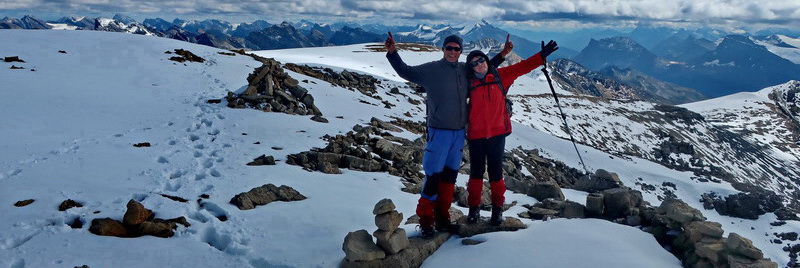On October 16th 2023 we returned to Spain and we had the idea to cruise along its marvelous north coast where we had been with our little daughter in the years 1984 and 1987.
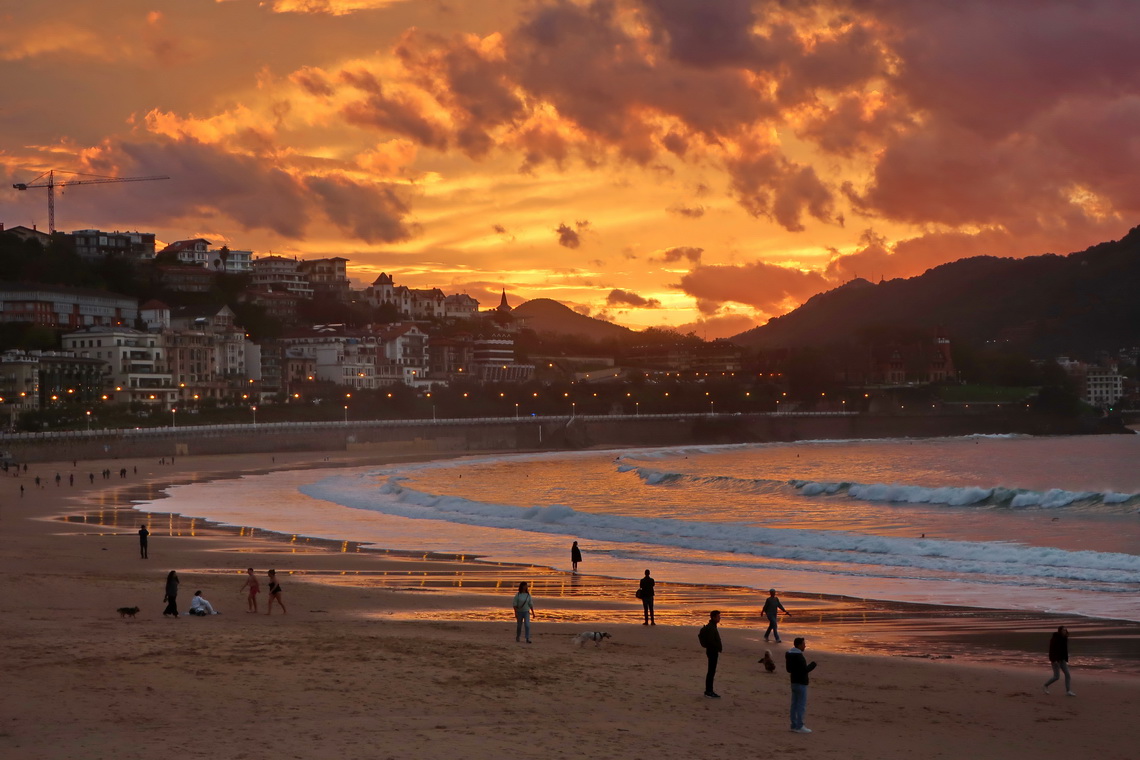
The weather forecast was good for the next two days so we dared to cross with our camper 1632 meters high pass Somport in the western Pyrenees and to hike a little bit in the mountains. Soon we came into the virgin snow.
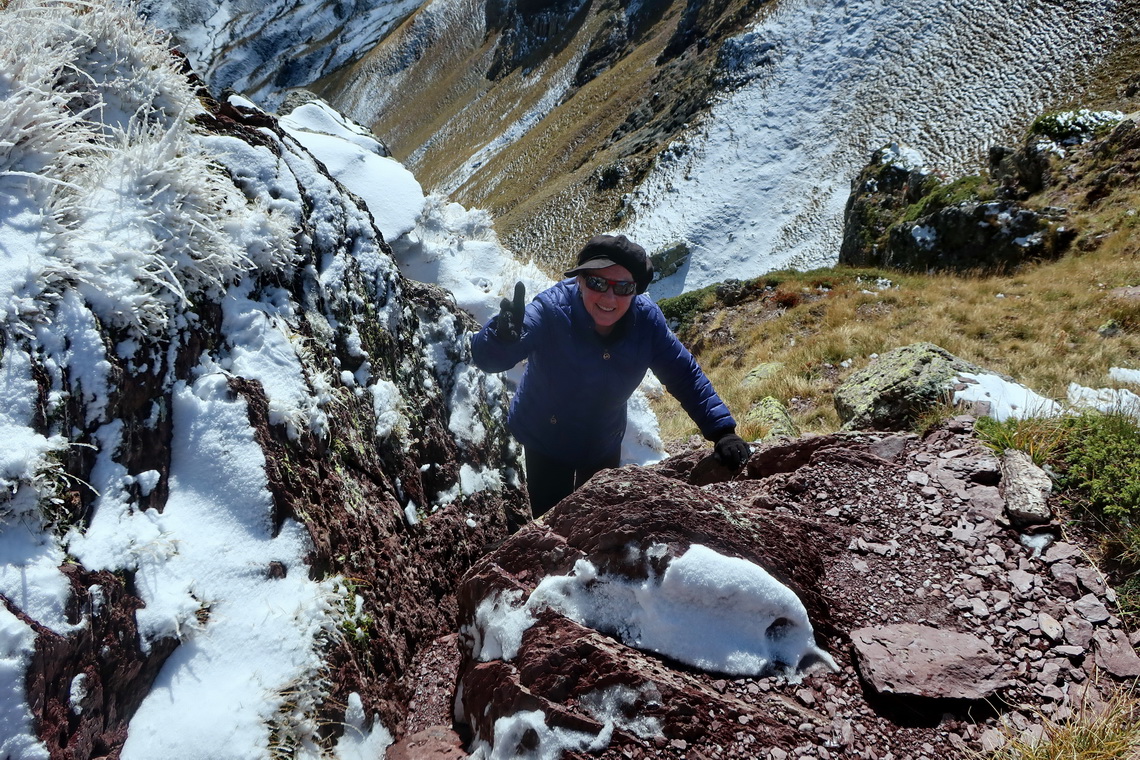
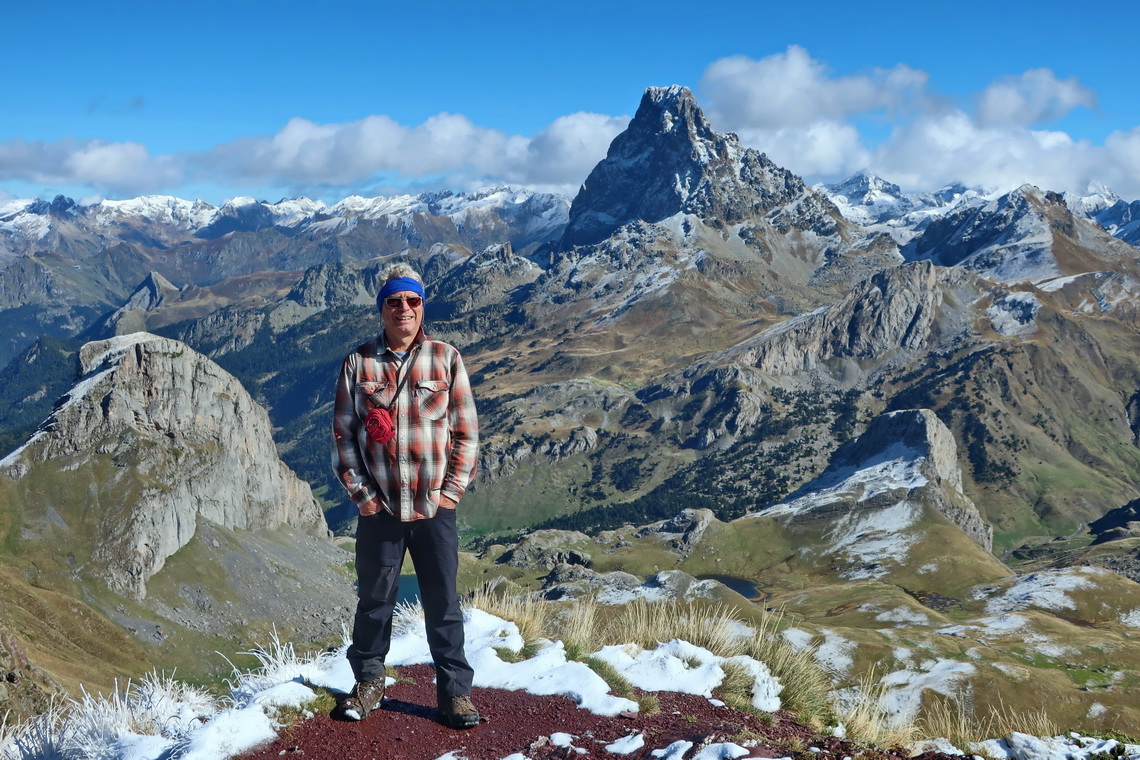
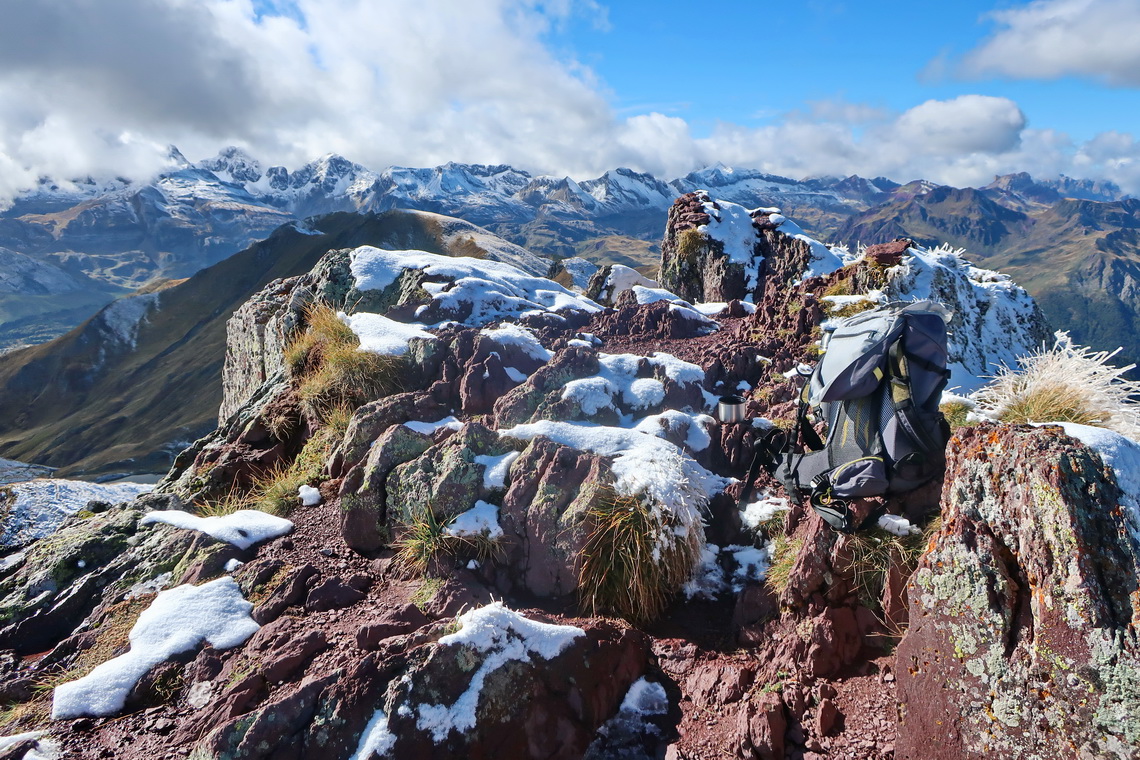
Before we came to Spain's northern Atlantic coast we visited the little village Canfranc with its monumental station, and the interesting towns Jaca and Pamplona. The latter one is a huge city with more than 200,000 inhabitants and it is famous for its corrida - bullfight on its streets every July.
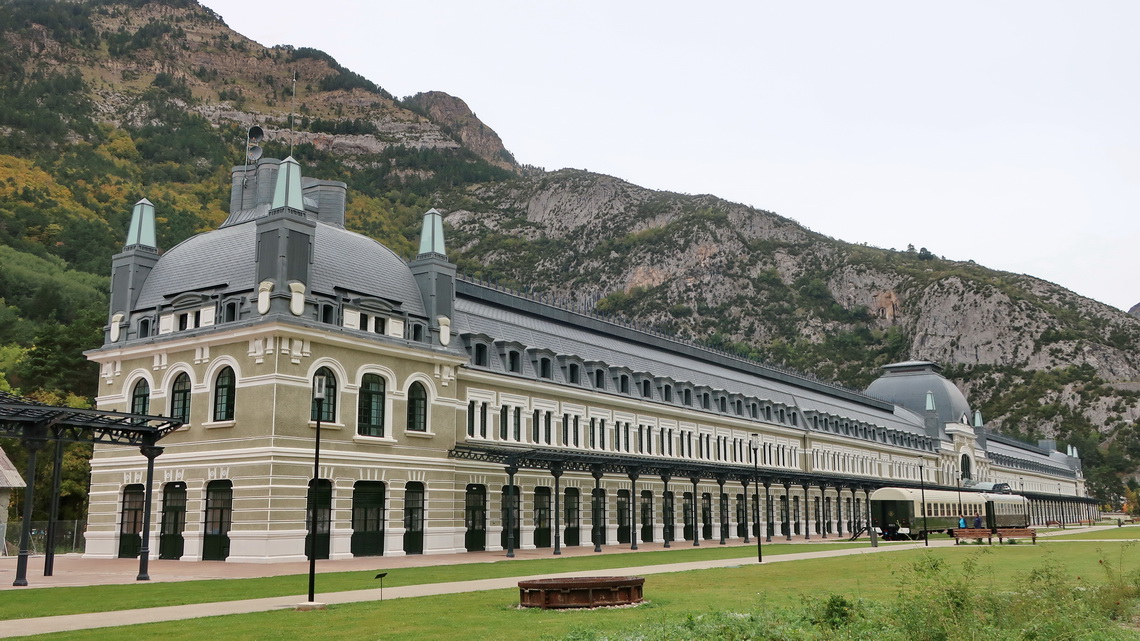
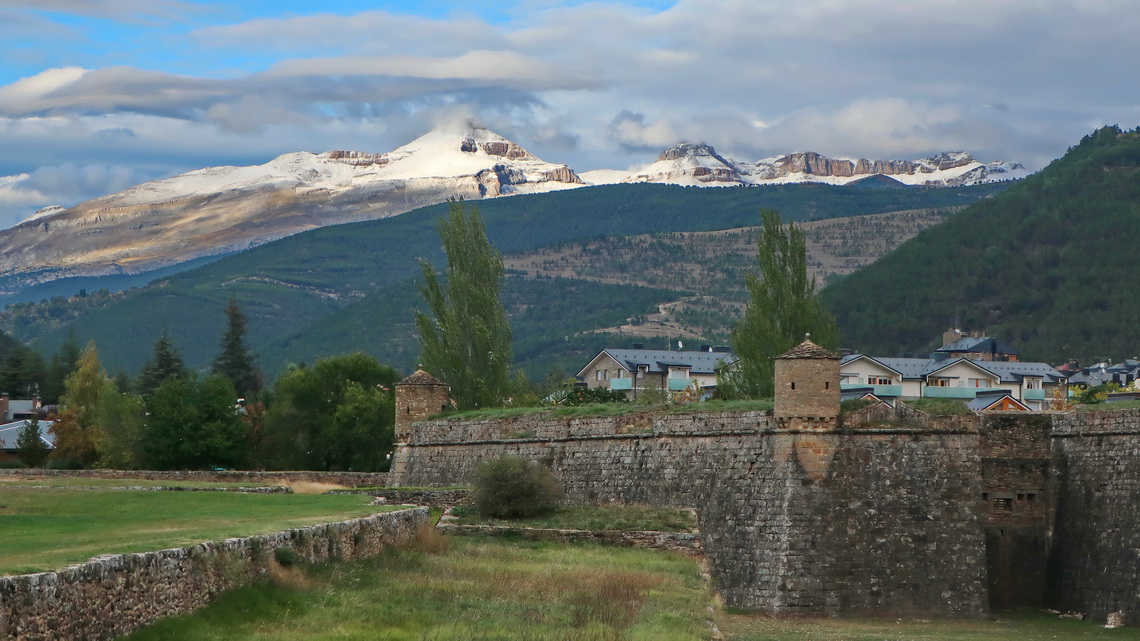
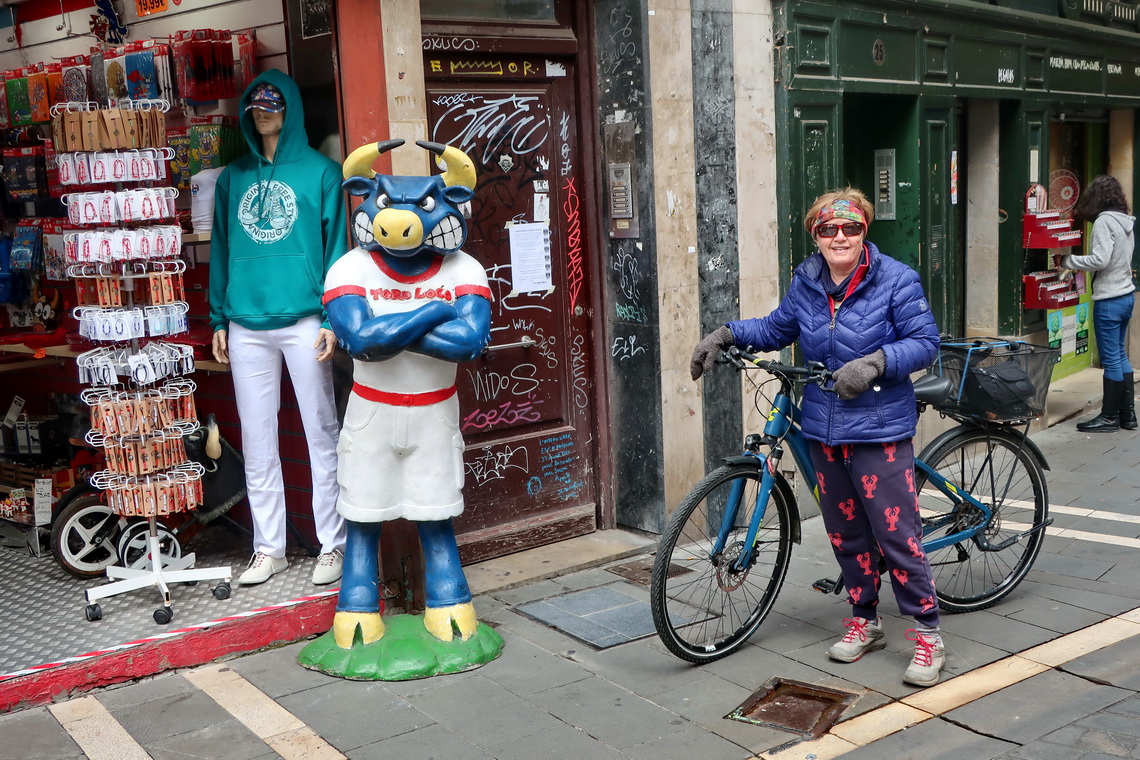
In Pamplona many people speak Basque language besides the fact that it belongs officially not to the Basque region. This language is totally different to Spanish and all other languages. Most signs are in Basque language only - for instance the Basque name for Pamplona is Iruña.
Donostia (Basque) / San Sebastián (Spanish) is true Basque country and a dream: A beautiful city of more than 200,000 inhabitants stretches along its two marvelous beaches Playa de la Ondarreta and famous Playa de la Concha. The latter one means beach of the shell because its looks like a shell from the sky. We were already the fourth time in Donostia / San Sebastián - it was always exciting and we detected new corners, again.

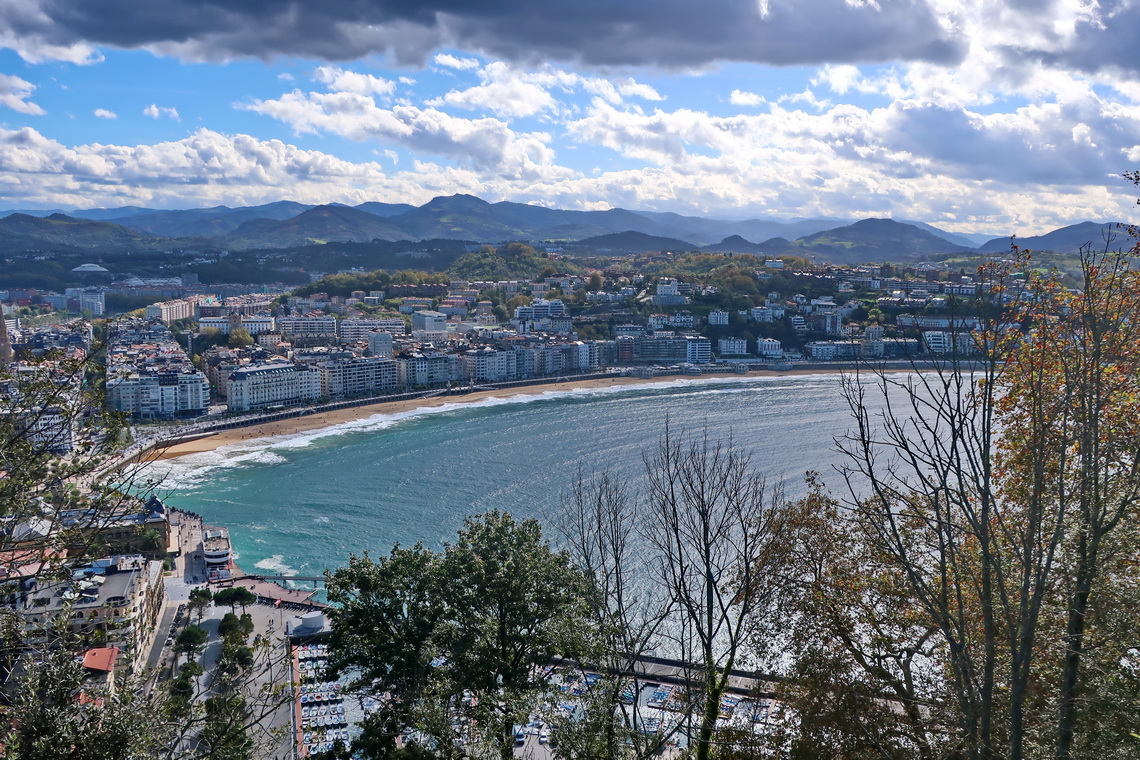
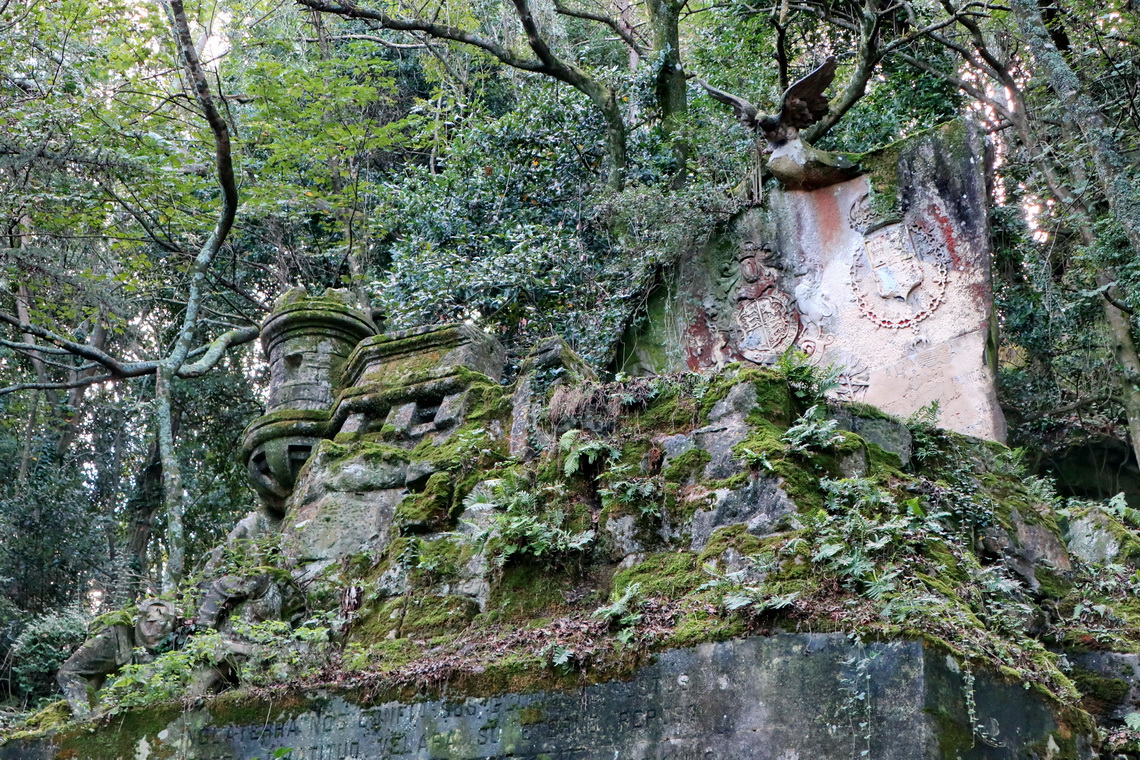
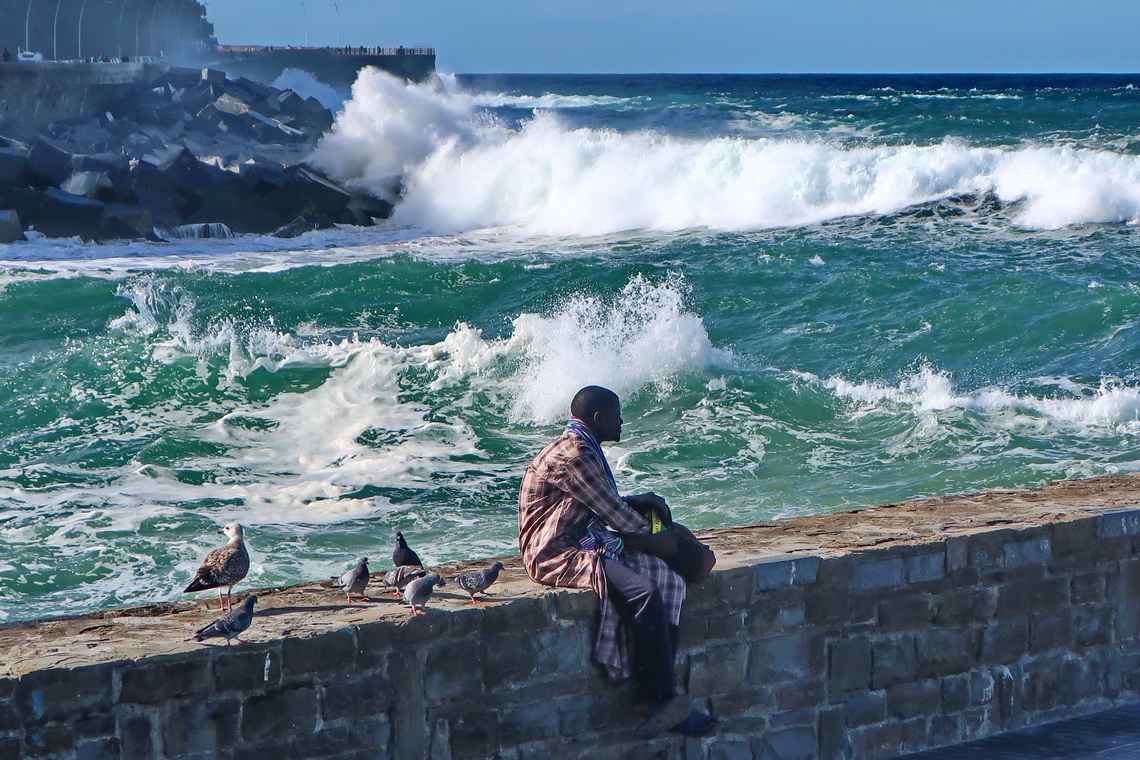
We continued westwards to Bilbo (Basque) / Bilbao more or less along the coast with marvelous beaches, nice villages and beautiful mountains directly on the sea. In Getaria we hiked to 112 meters high hill San Antón and from Ibarrangelu / Playa de Laga to 276 meters high mountain Talaia.
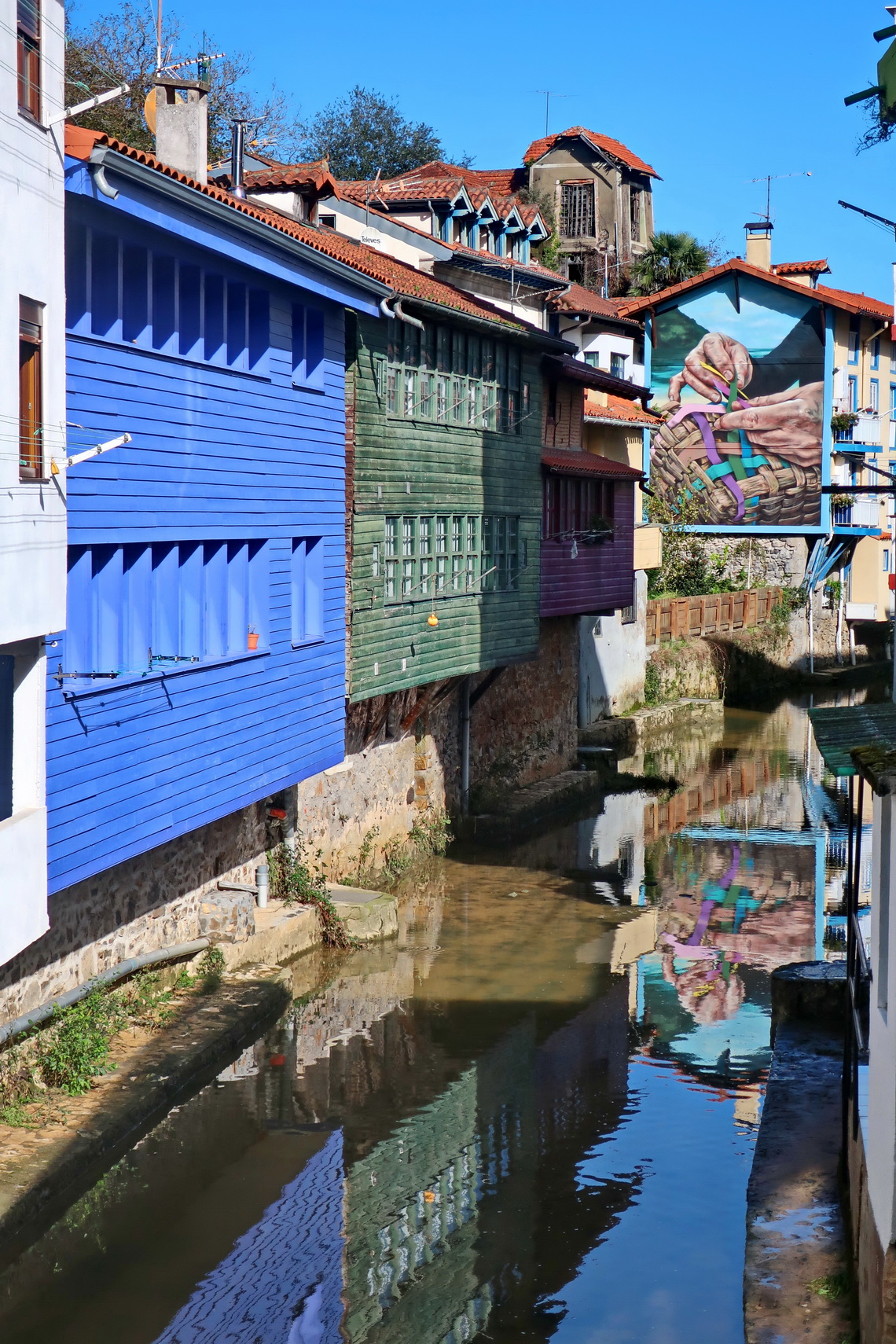
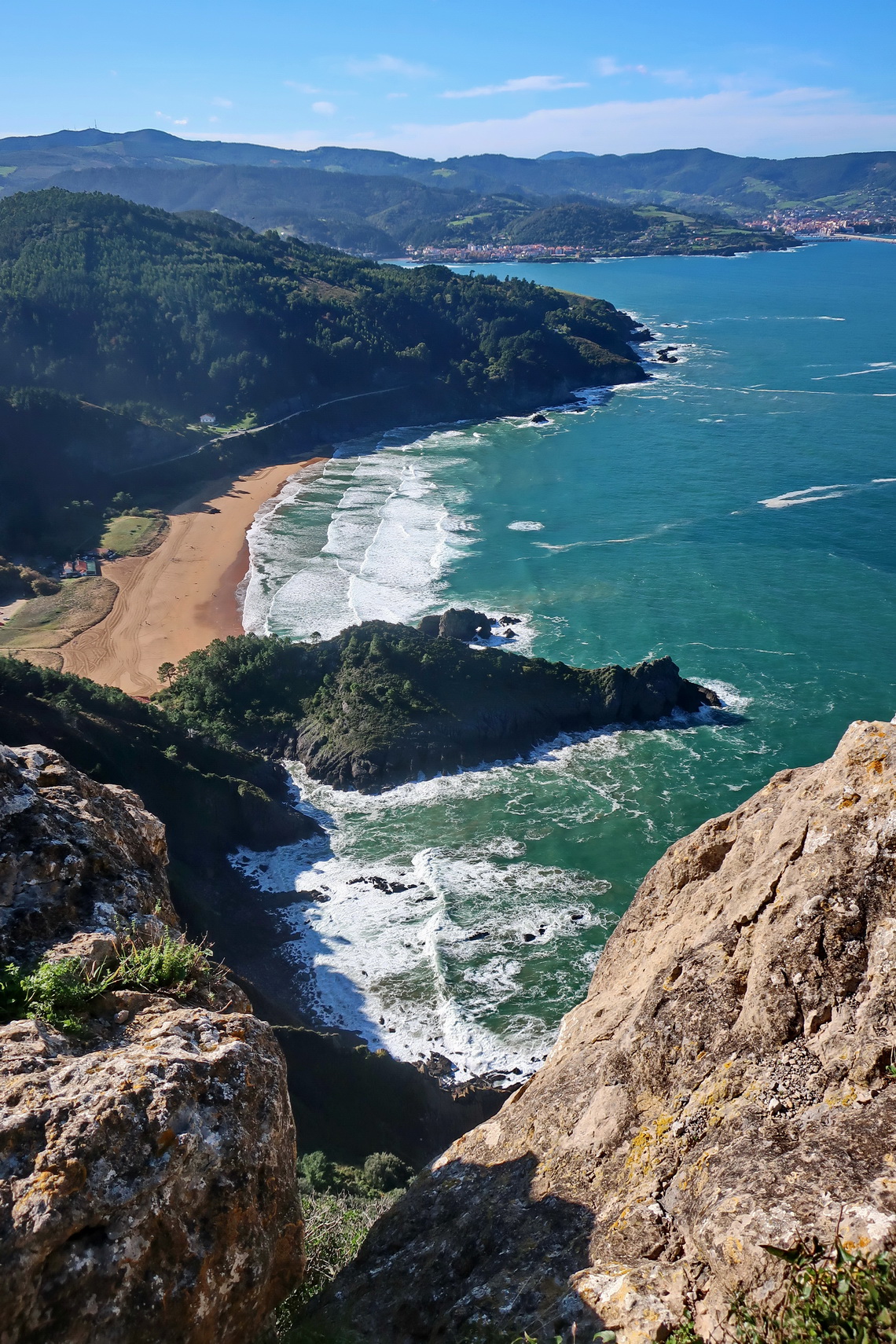
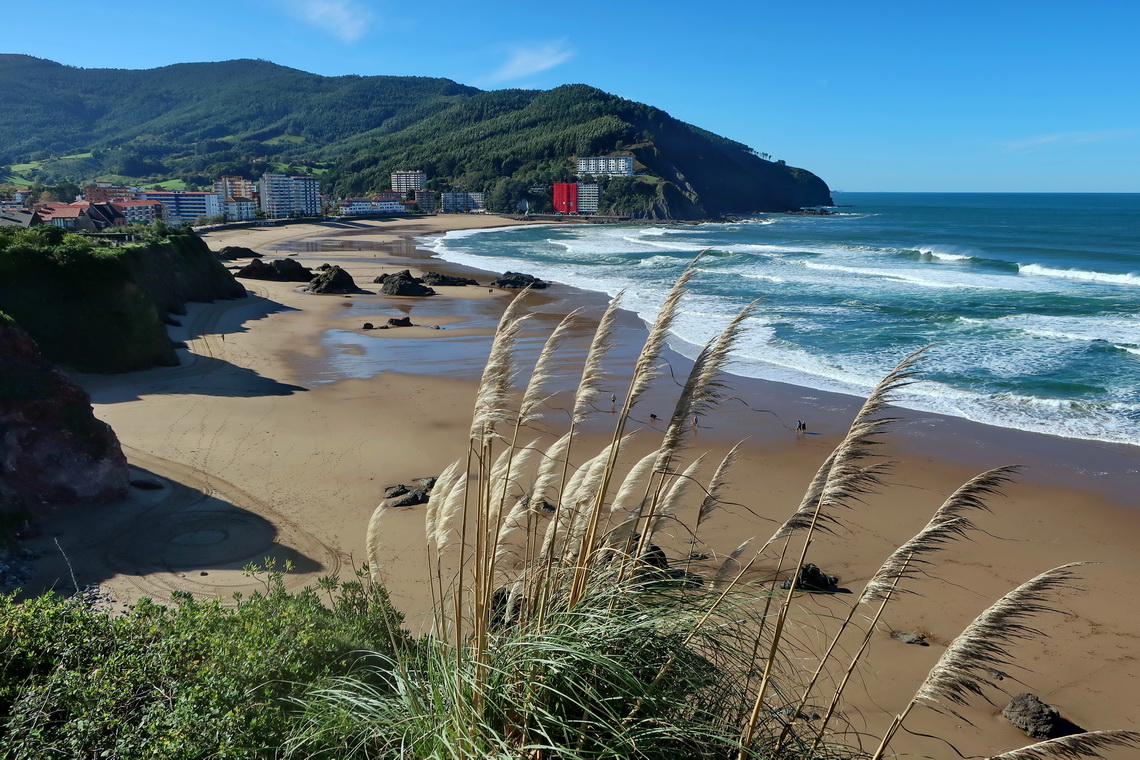
In the years 1984 and 1987 we had skipped Bilbo / Bilbao because it had been discredited as a dirty industrial town. Now it is an interesting city also thanks to the famous Guggenheim Museum for modern art which had been established in the year 1993.We found a safe parking place close to the stadium of its football club Atlectico Bilbao - free of charge on weekends and we used our bicycles to stroll around in Bilbo / Bilbao.
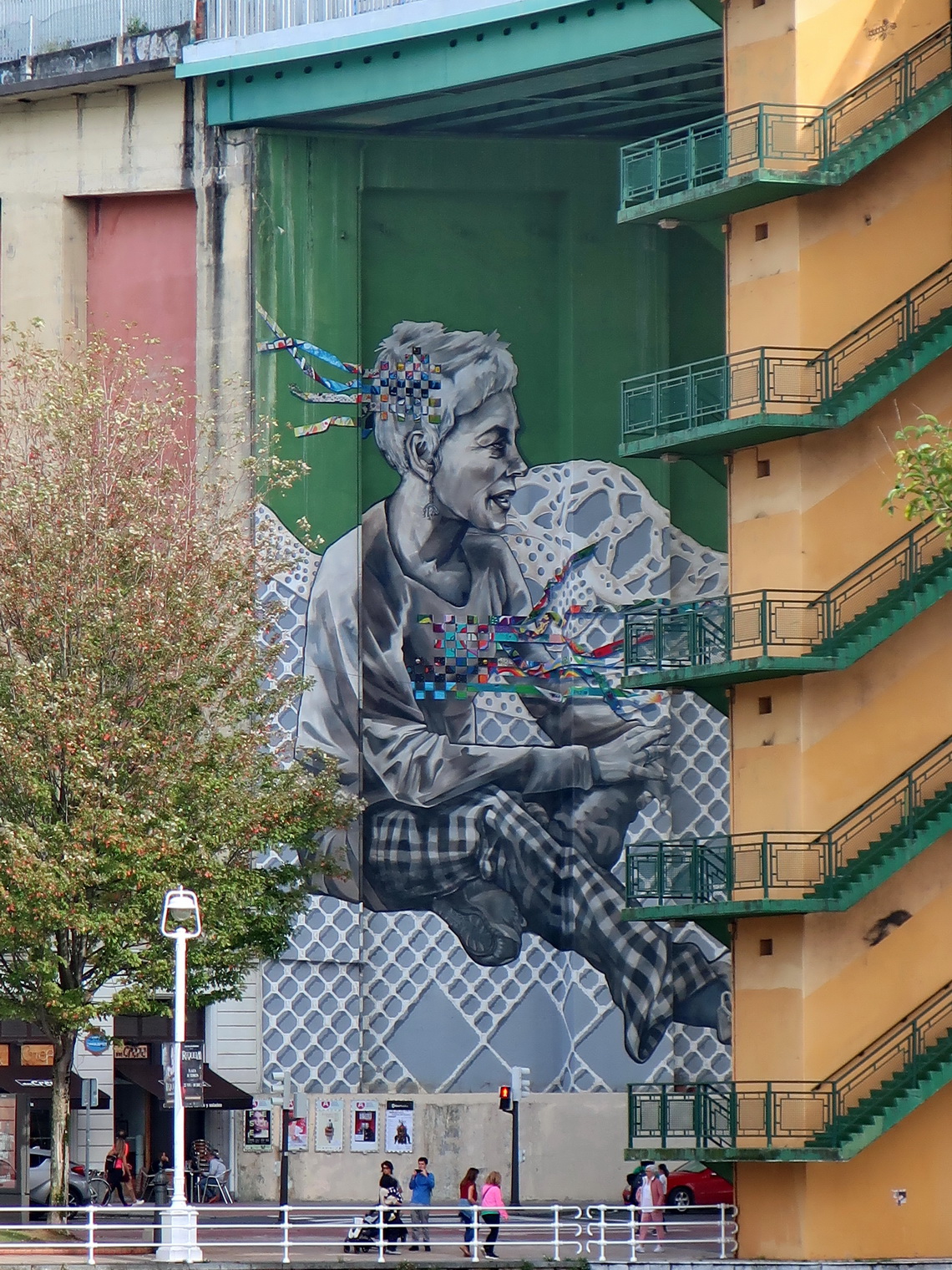
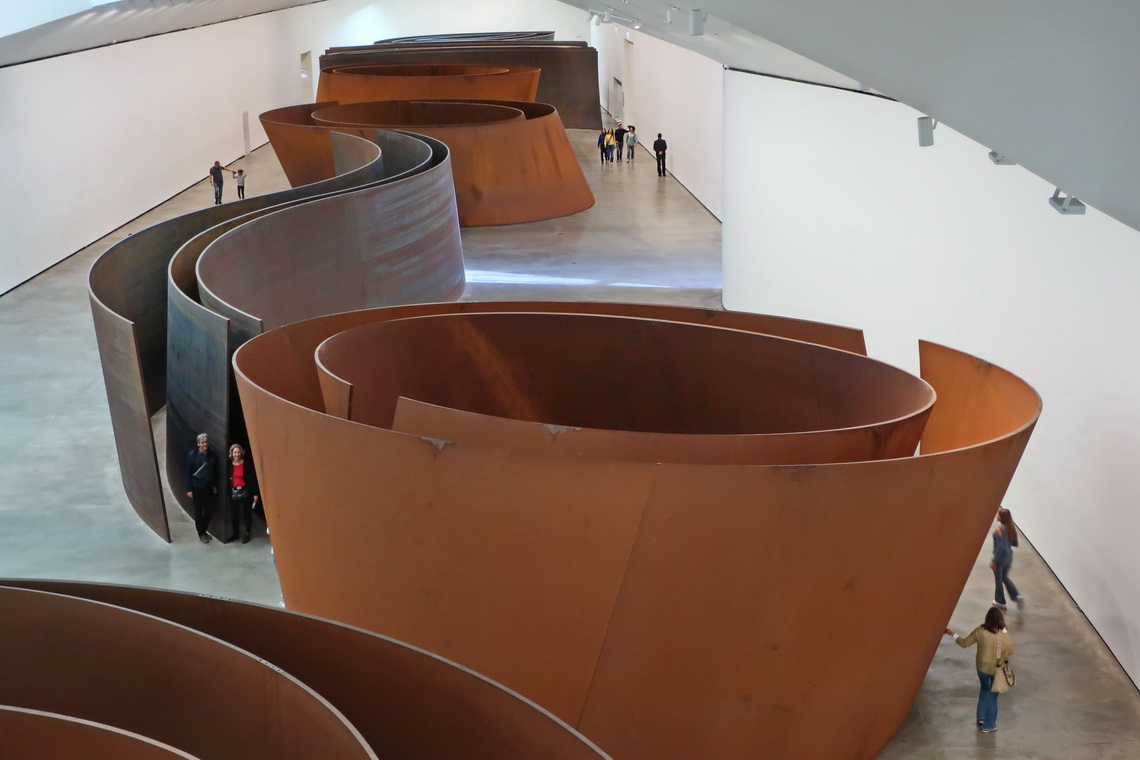
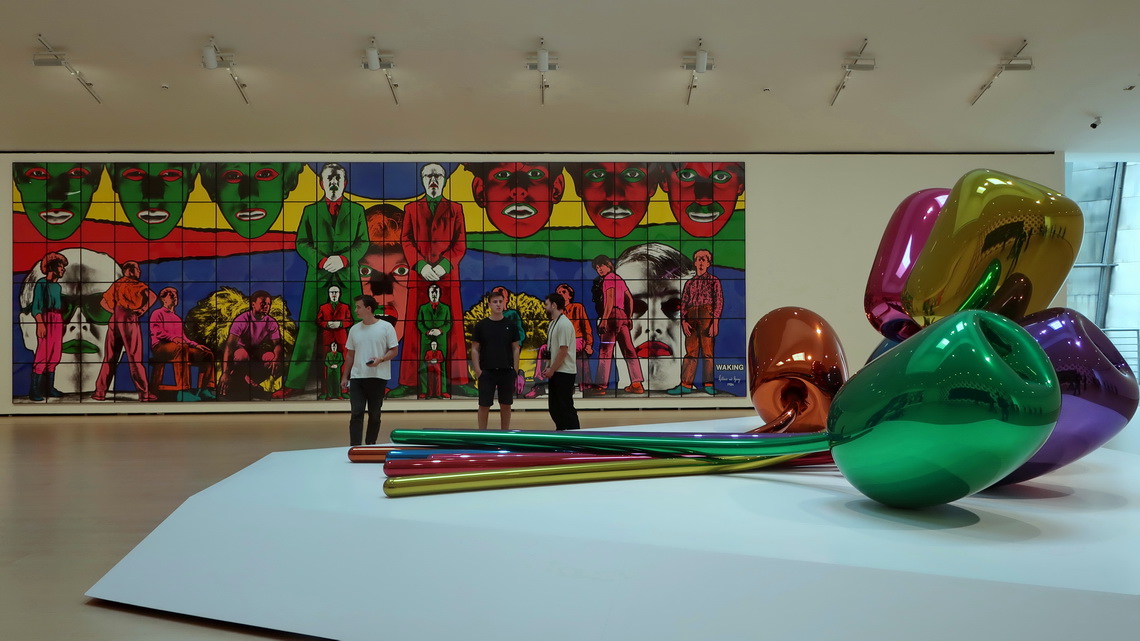
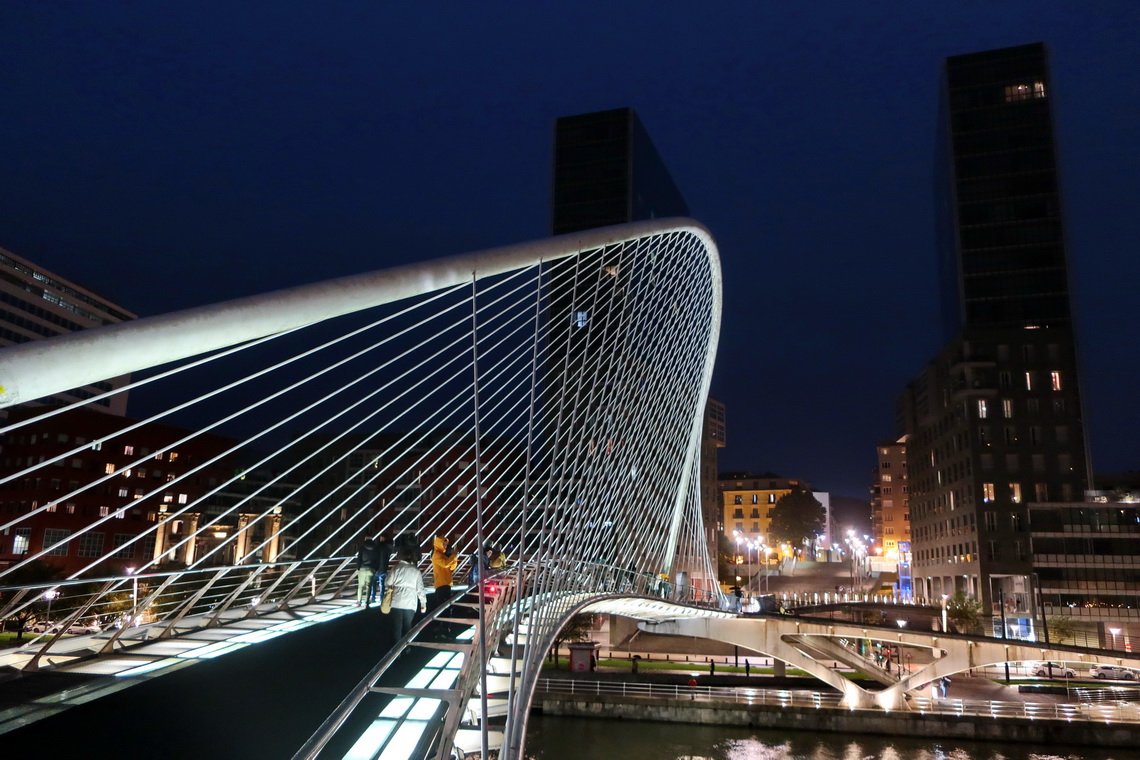
The night after our visit of Bilbo / Bilbao was extremely stormy and we were happy that we found a safe place in Bilbo / Bilbao's southwestern suburban Portugalete. In the night we felt in our little camper like in a vessel in heavy sea. Fortunately we did not gotten seasick. On the following day we explored Portugalete on a rainy day - it ts famous for the hanging Vizcaya Bridge - Puente Colgante de Bizkaia - Bizkaia Zubia on the mouth of the Nervion river.
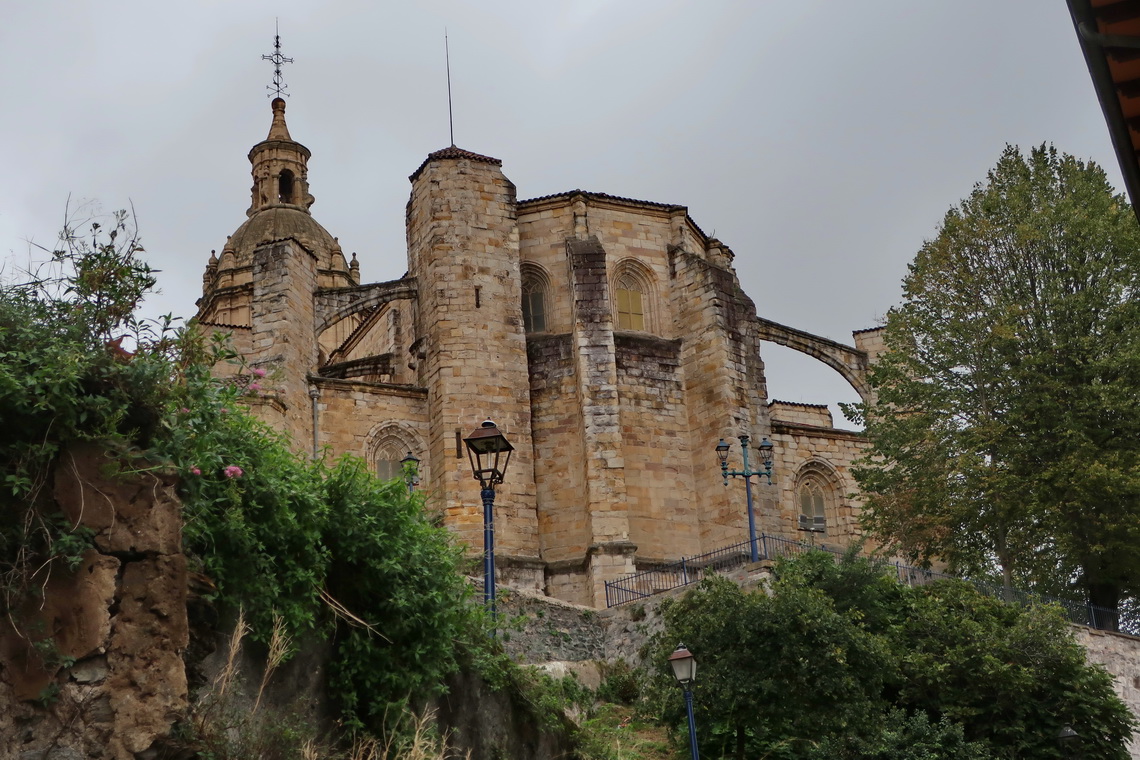
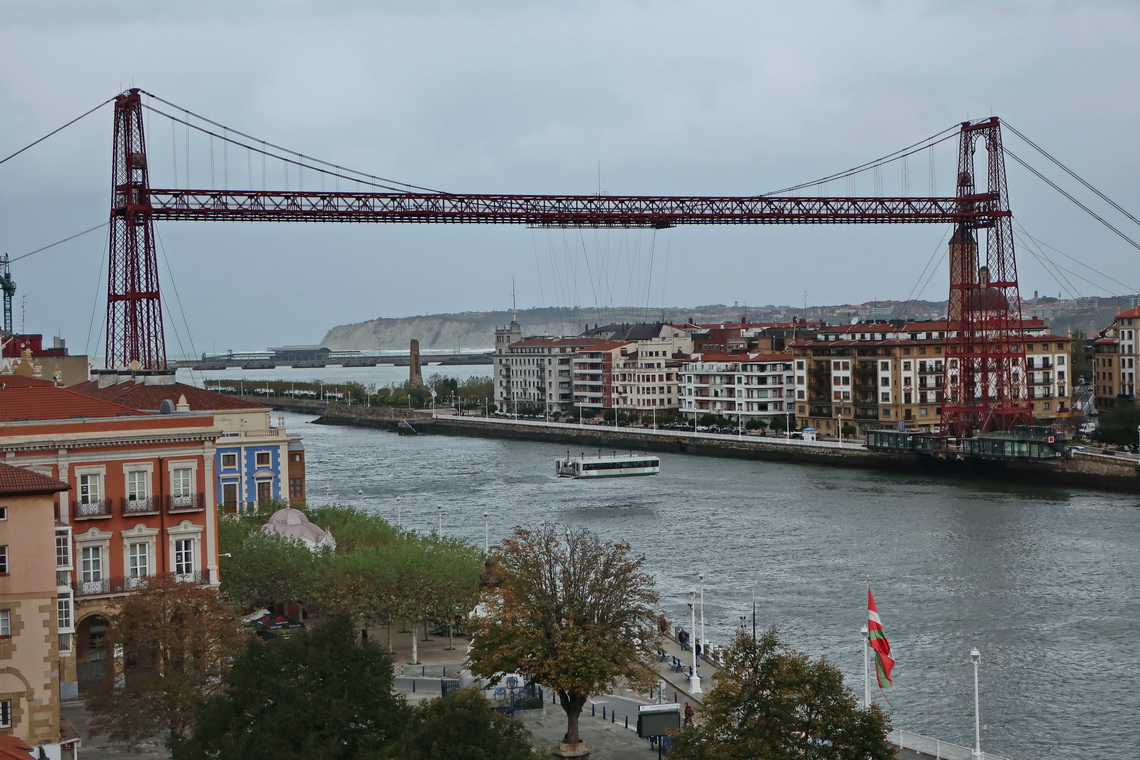
It was raining cats and dogs with some storm when we came to Santander. Fortunately we have decent rain equipment including rubber boot and thus we strolled around to its wonderful beaches Playa de Mataleñas and Playa de el Sardinero which we had intensively enjoyed also in the years 1984 and 1987. The city of Santander (approximately 200,000 inhabitants) is nothing special because it had been burnt nearly totally down in the year 1941 but its environment is awesome.
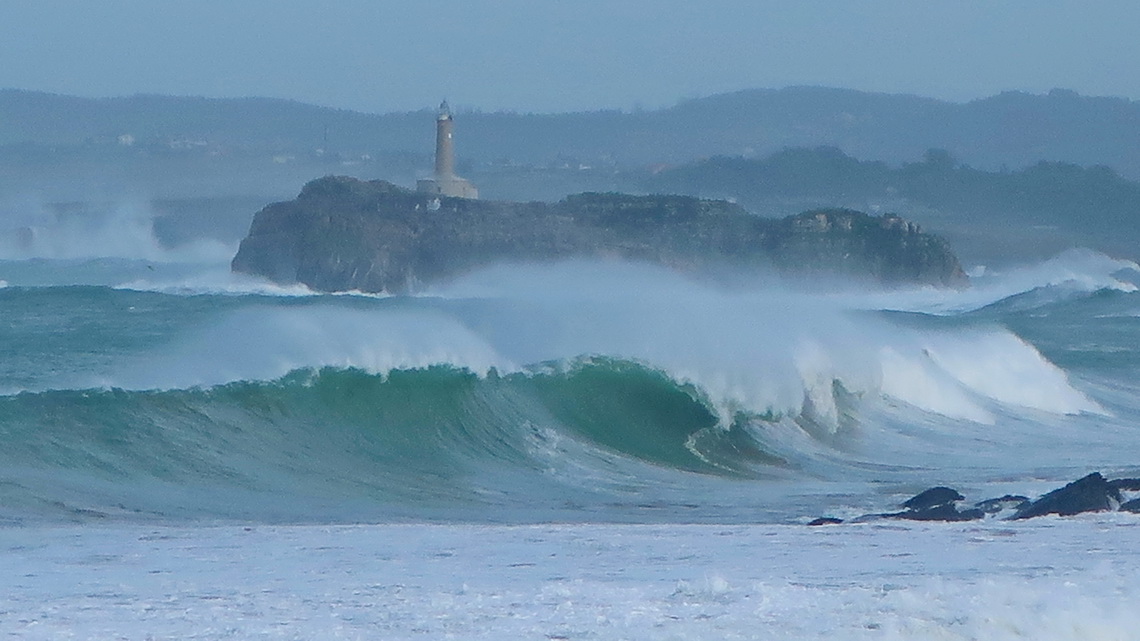
We had the same rainy weather when we came to endless Playa de Meron in the beautiful fishing village San Vicente de la Barquera. But we were lucky when we came to the majestic limestone mountains Pico de Europa. These up to 2649 meters high peaks are just about 20 kilometers away from the Atlantic Ocean and they had been the first visible landmass of Europe when the seamen had returned from their overseas shipping few hundred years ago.
In the years 1984 and 1987 we had been in the central part of the Picos de Europa and now we were in the western part close to the important pilgrimage church Basílica de Covadonga where the King Pelayo initiated the Christian reconquest of the Iberian Peninsula from the Moors in the year 722. We drove a decent street to 1070 meters high lake Lago de Enol and hiked to the little peaks Porra de Enol (1279 meters sea-level) and Pico El Mosquital (1284 meters sea-level) - both provided outstanding views.

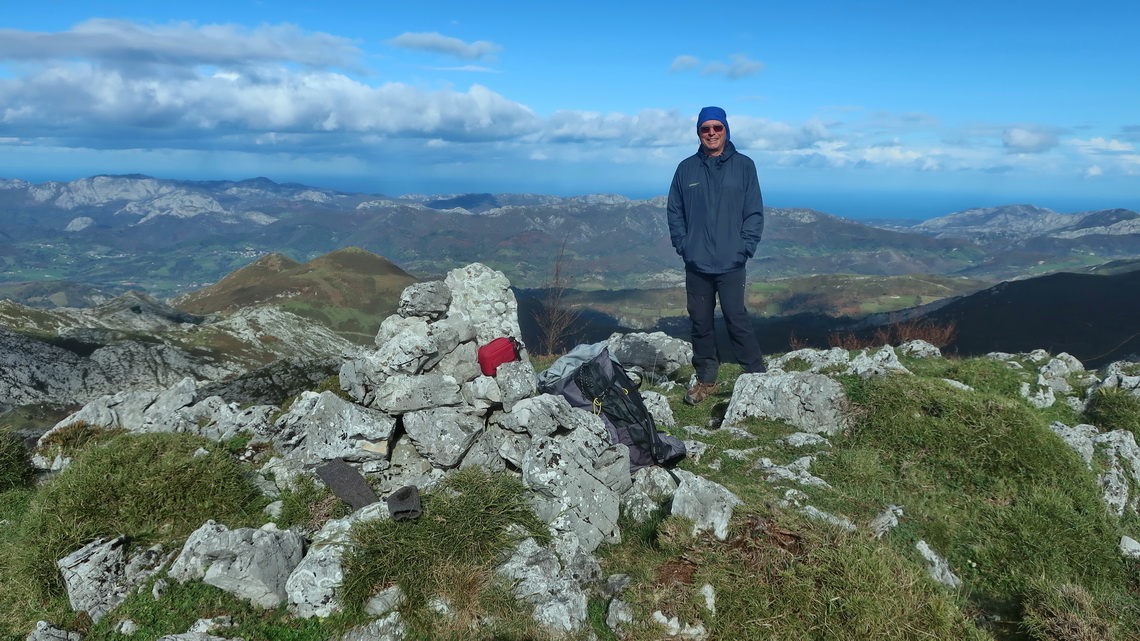
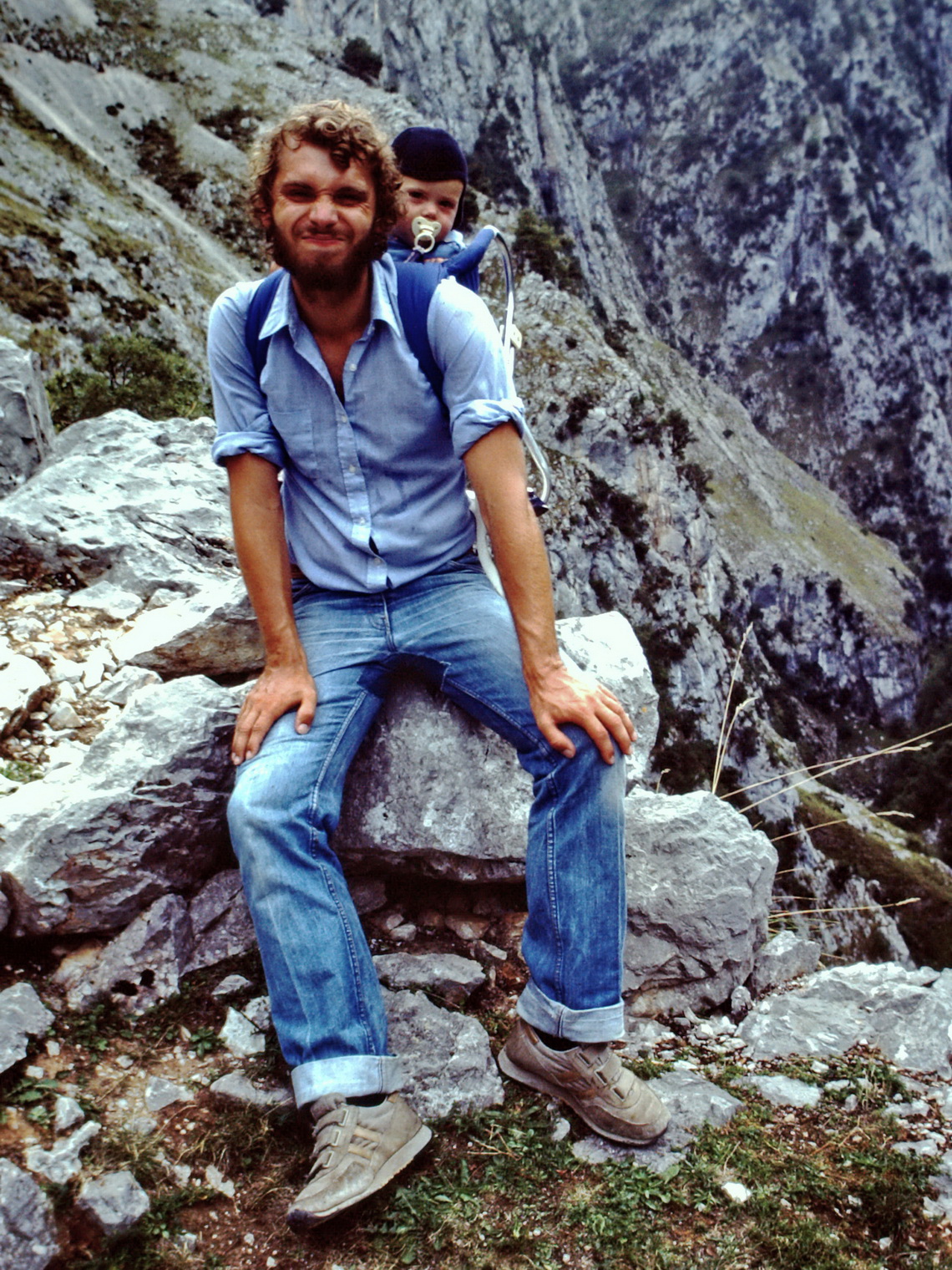
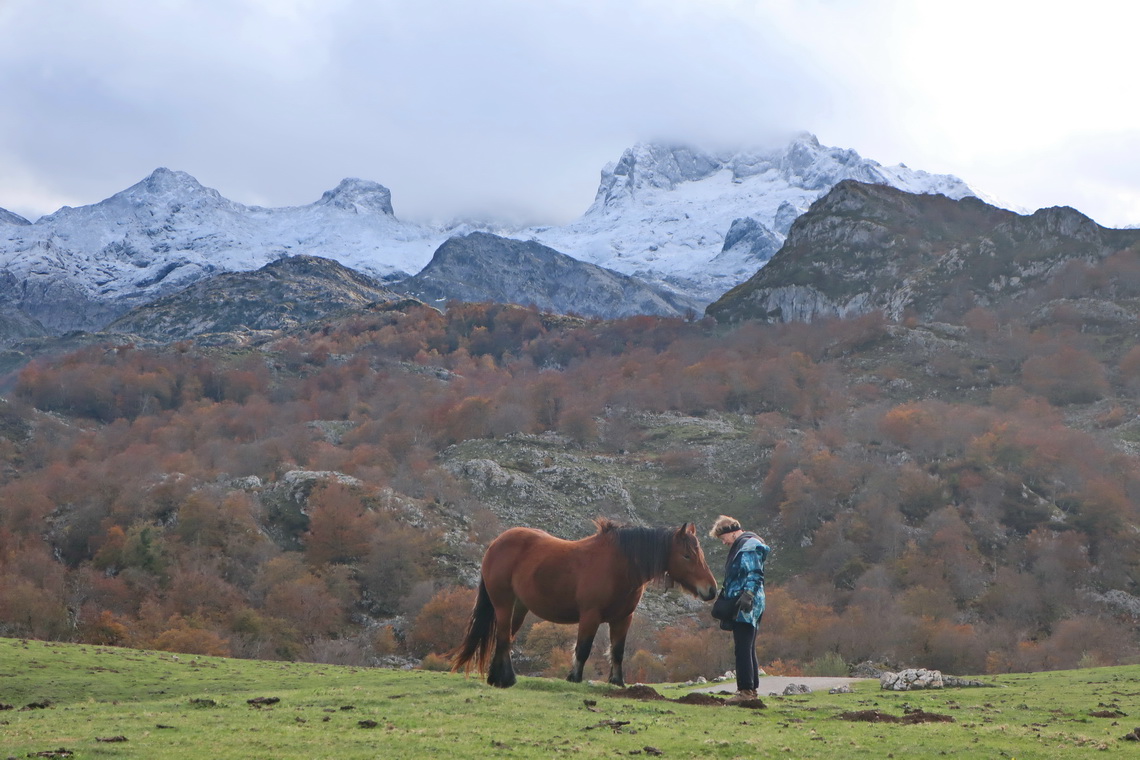
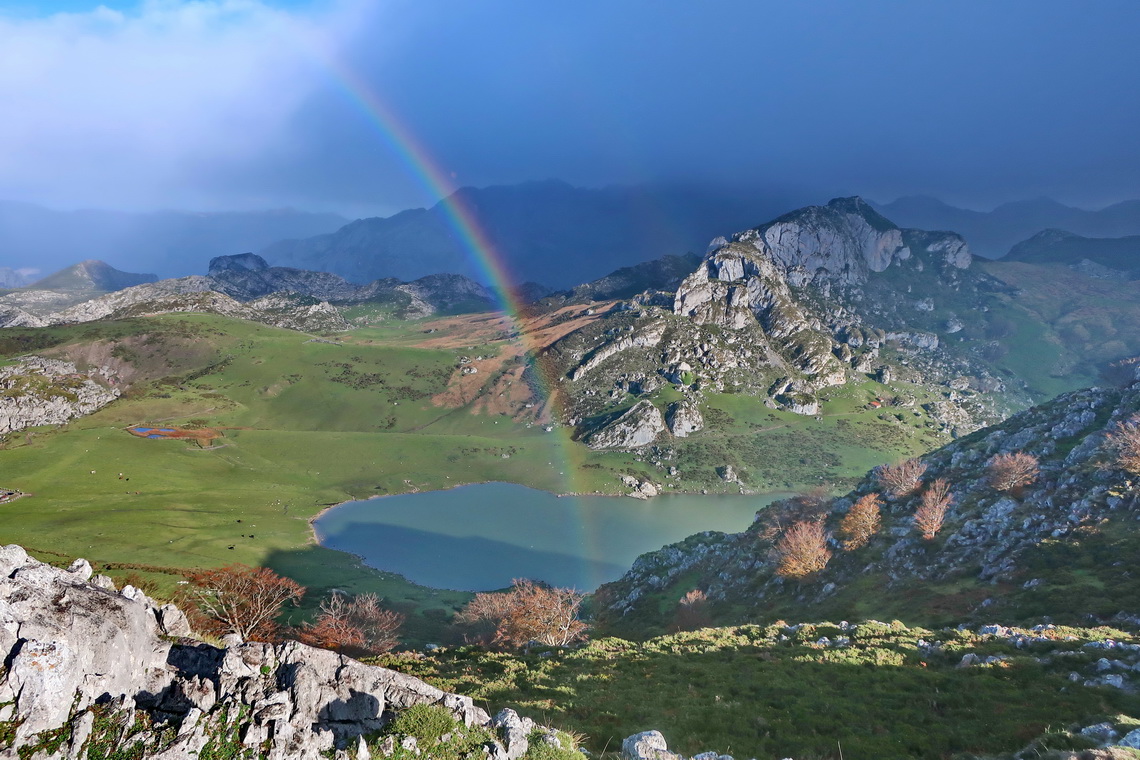
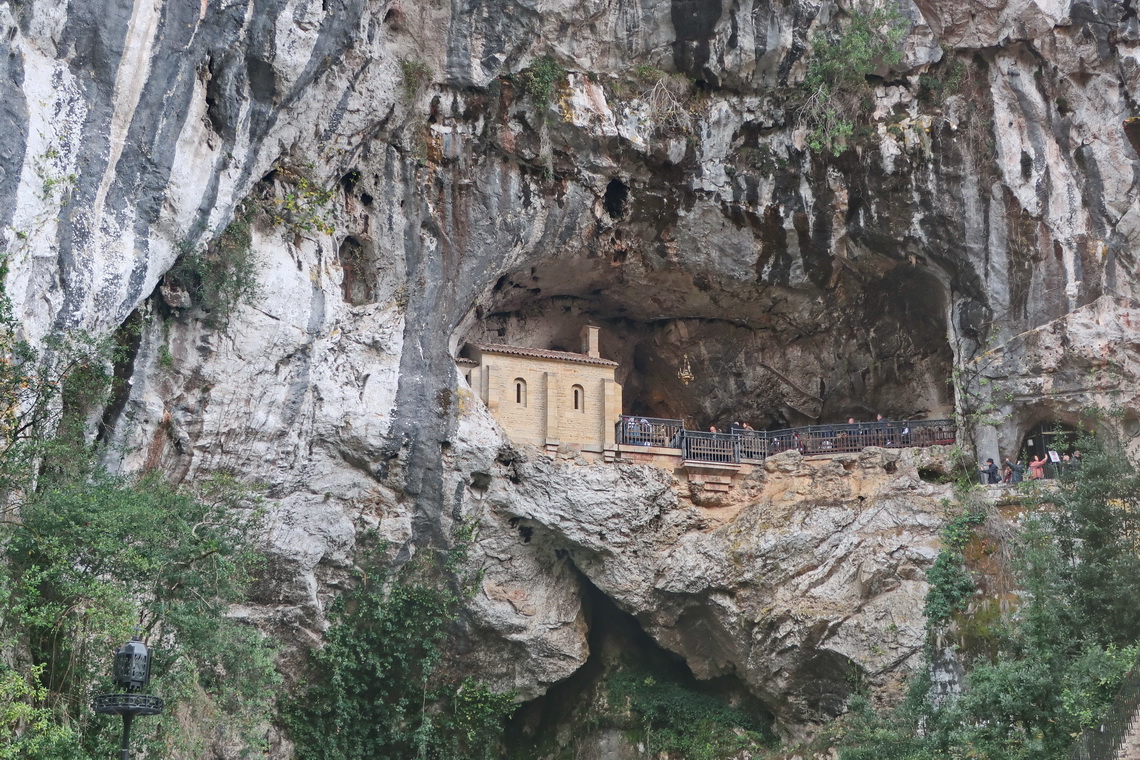
On the northwestern feet of the Picos de Europa is the marvelous little town Cangas de Onis where we spent few hours before we drove to the bigger city of Oviedo (more than 200,000 people) which is the capital of the autonomous community Asturias.
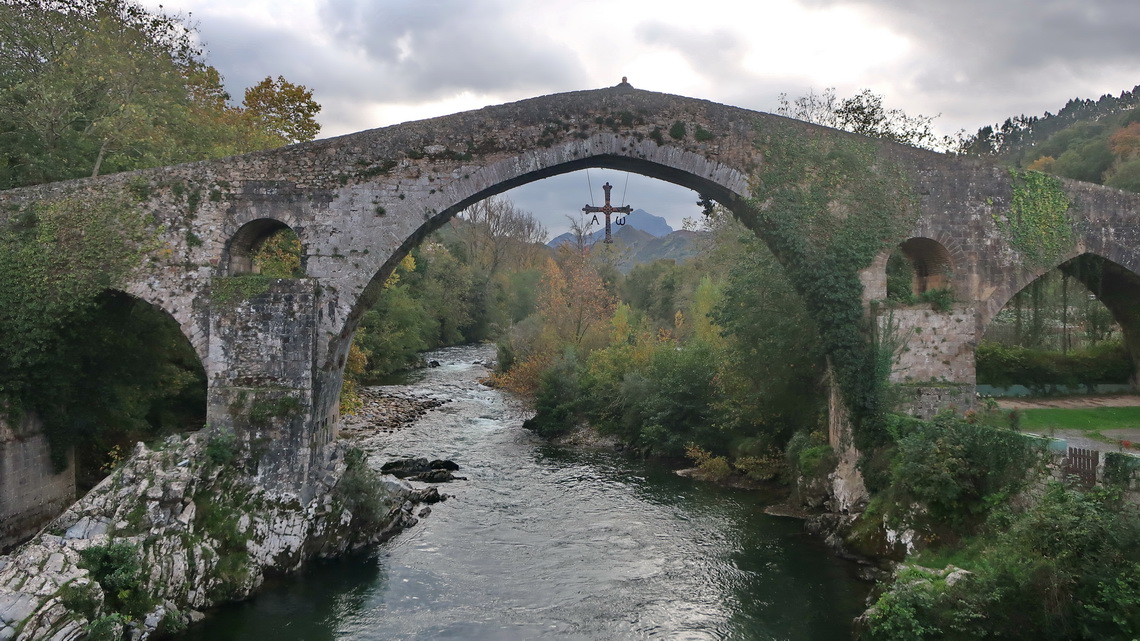
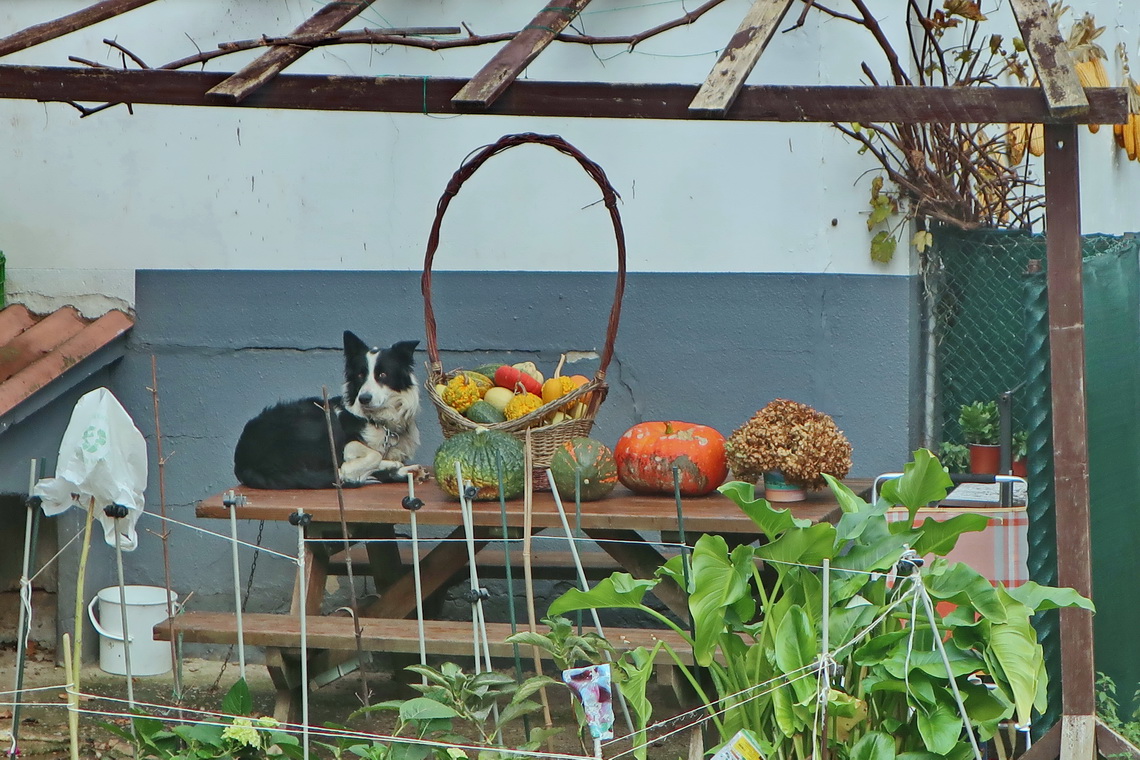
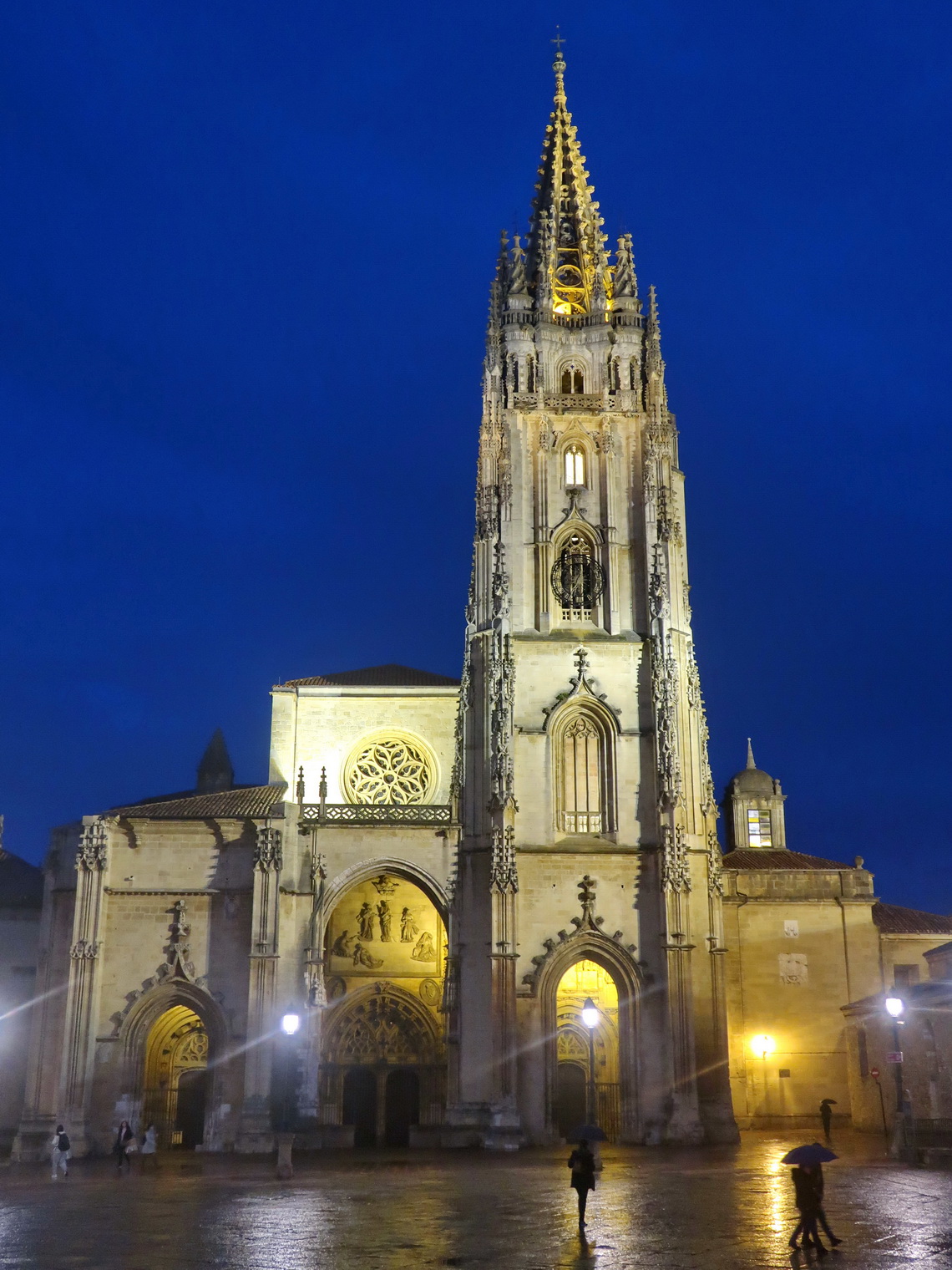
We continued westwards along the coast into Galicia and to the northernmost point of Spain. The weather was a little bit changeable - we had some rainy days with storm, and some beautiful sunny and warm days, too.
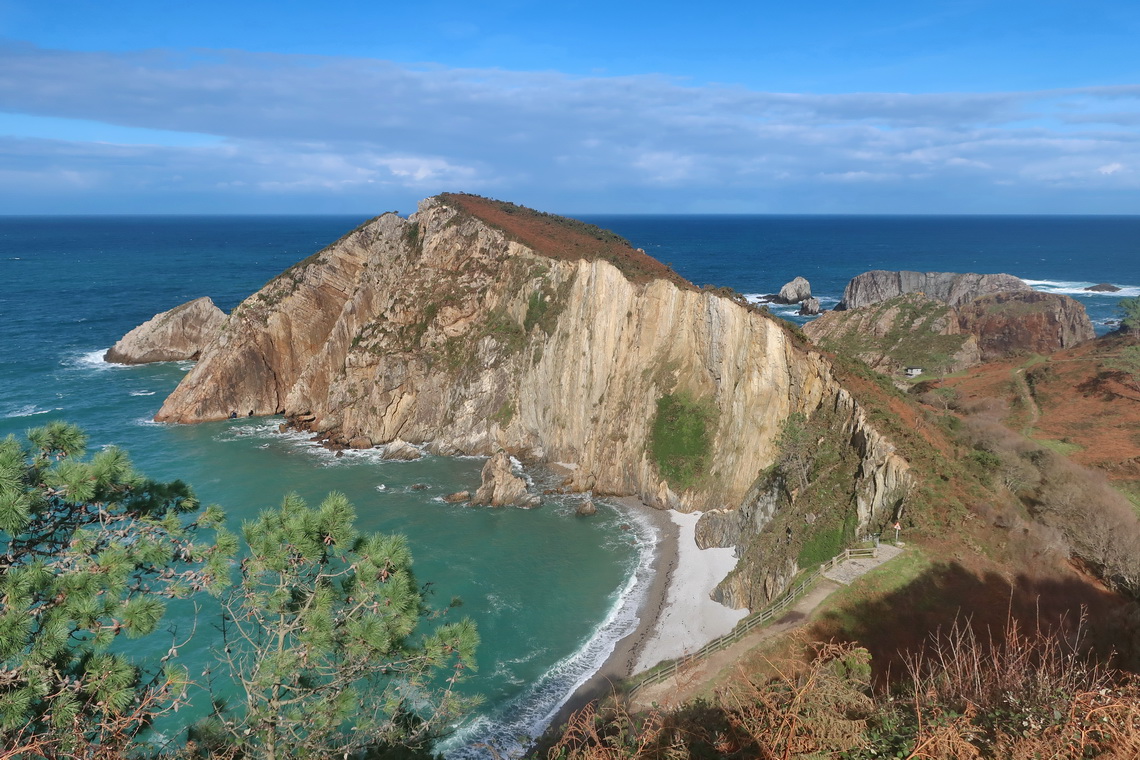
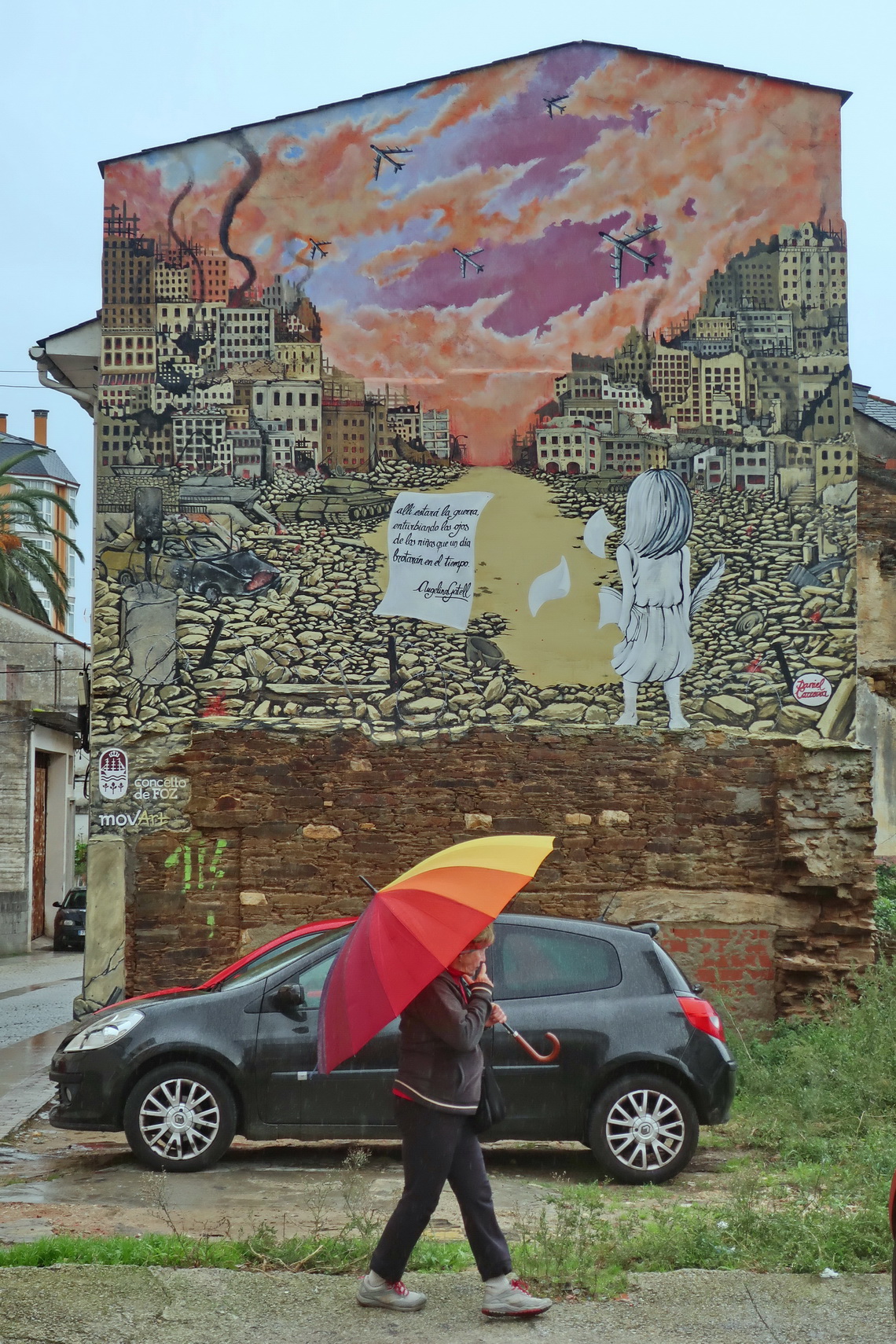
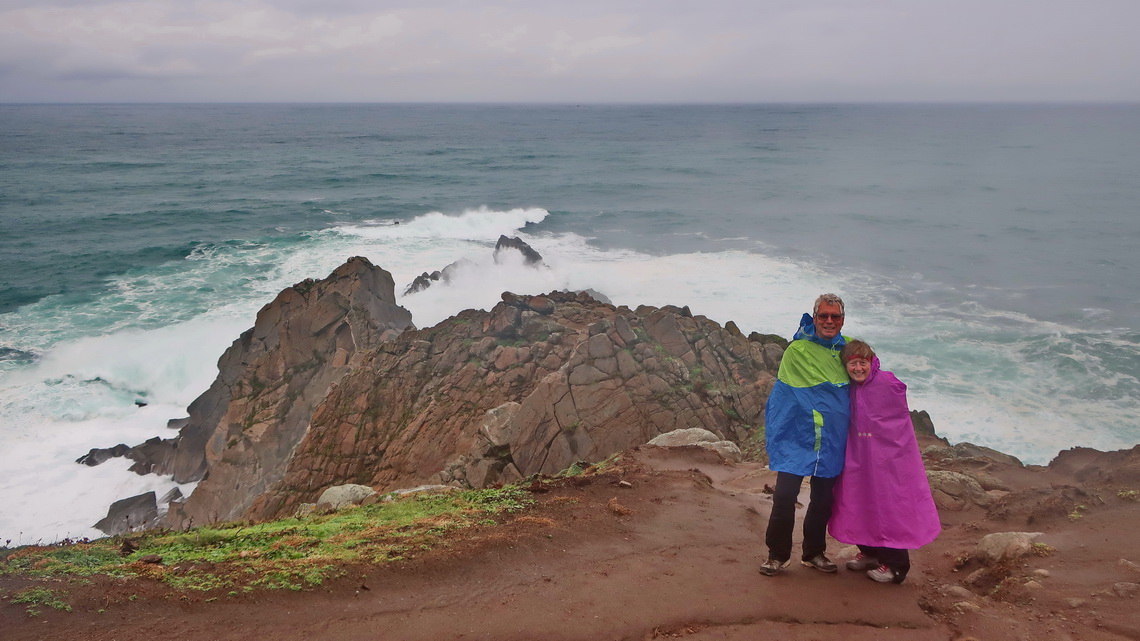
We skipped Galicia's largest city A Coruña because it smelled terribly on its parking lot for campers due to its oil refineries. Instead we headed to the nice fishing village Malpica de Bergantiños where we hiked to the hermitage Ermida de Santo Hadria and to the northern end of the peninsula on an outstanding sunny day.
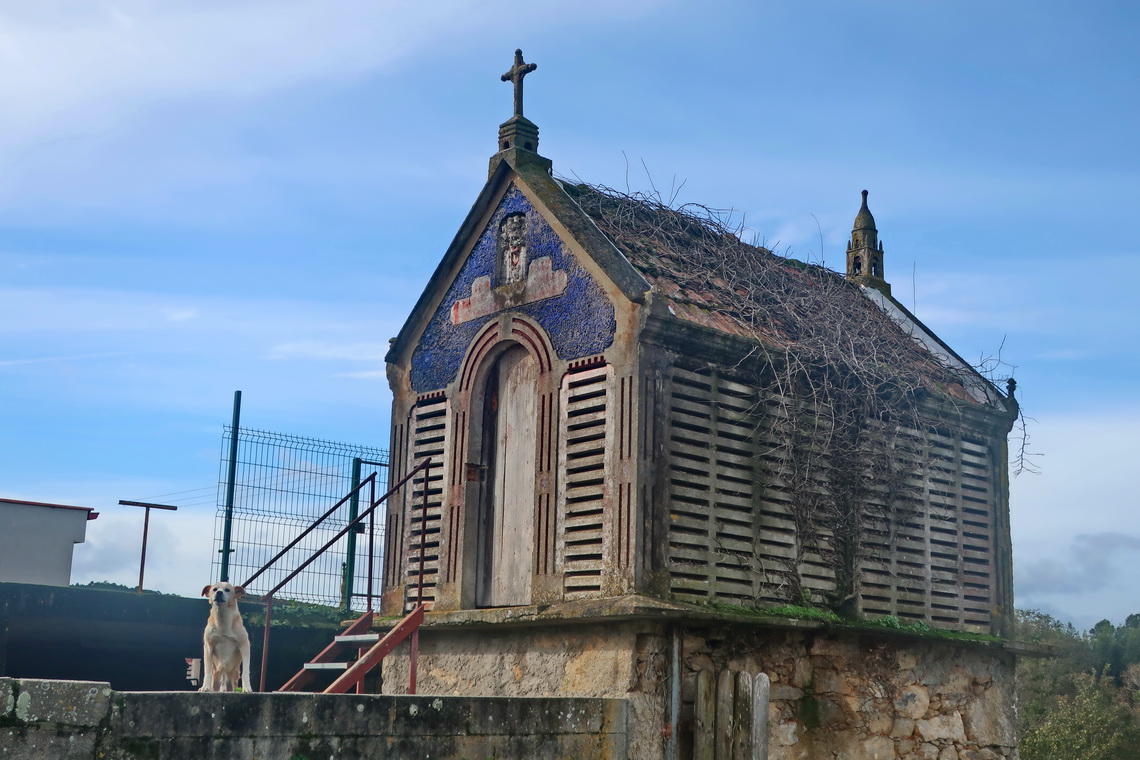
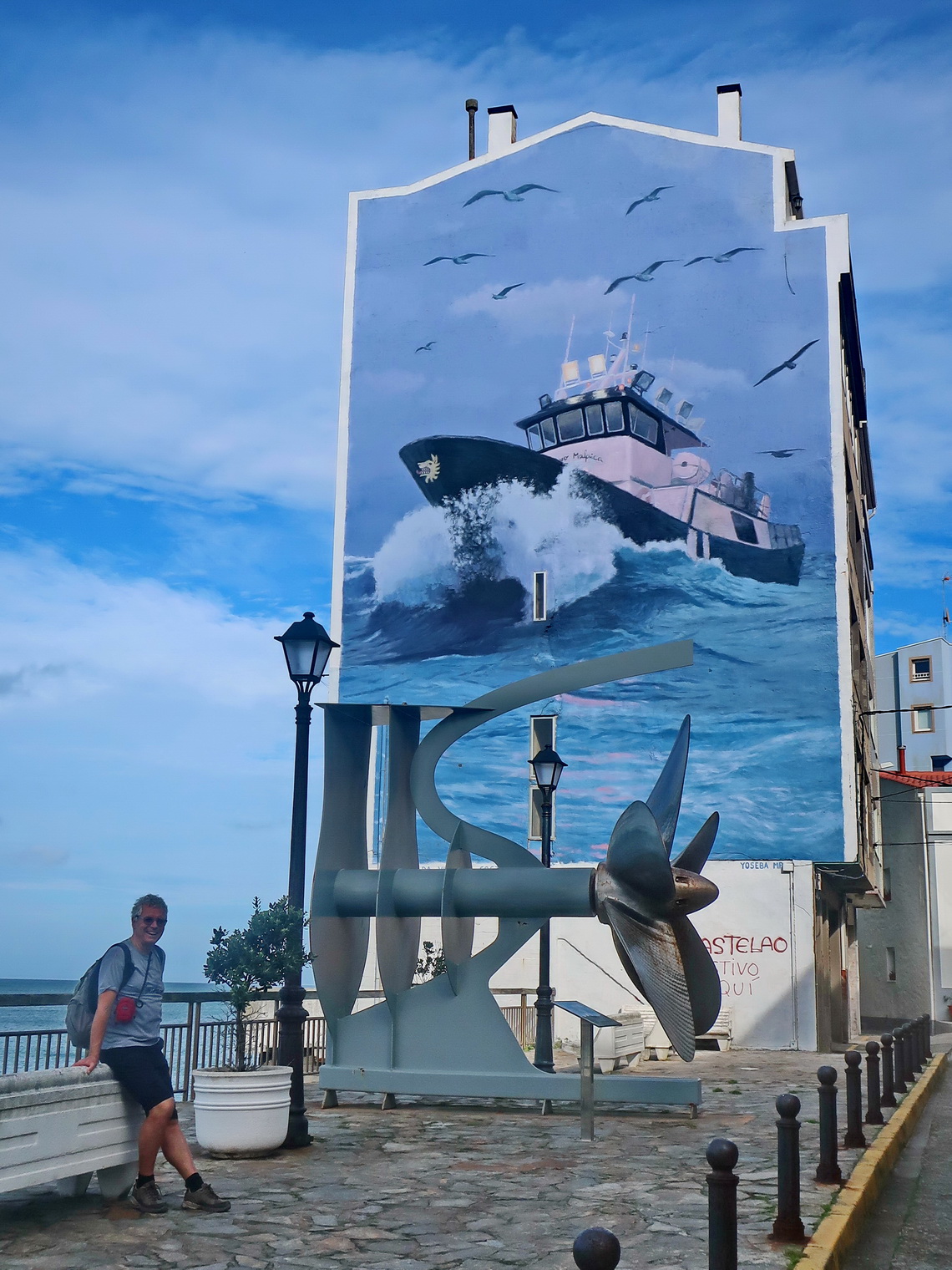
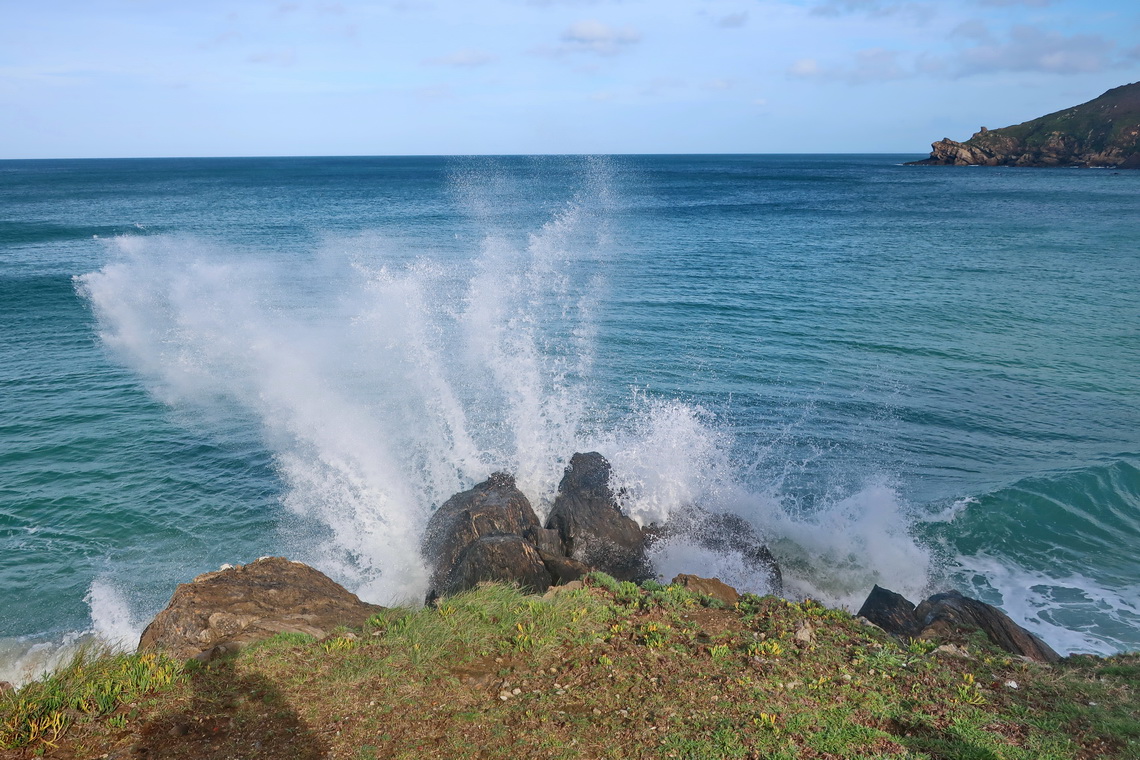
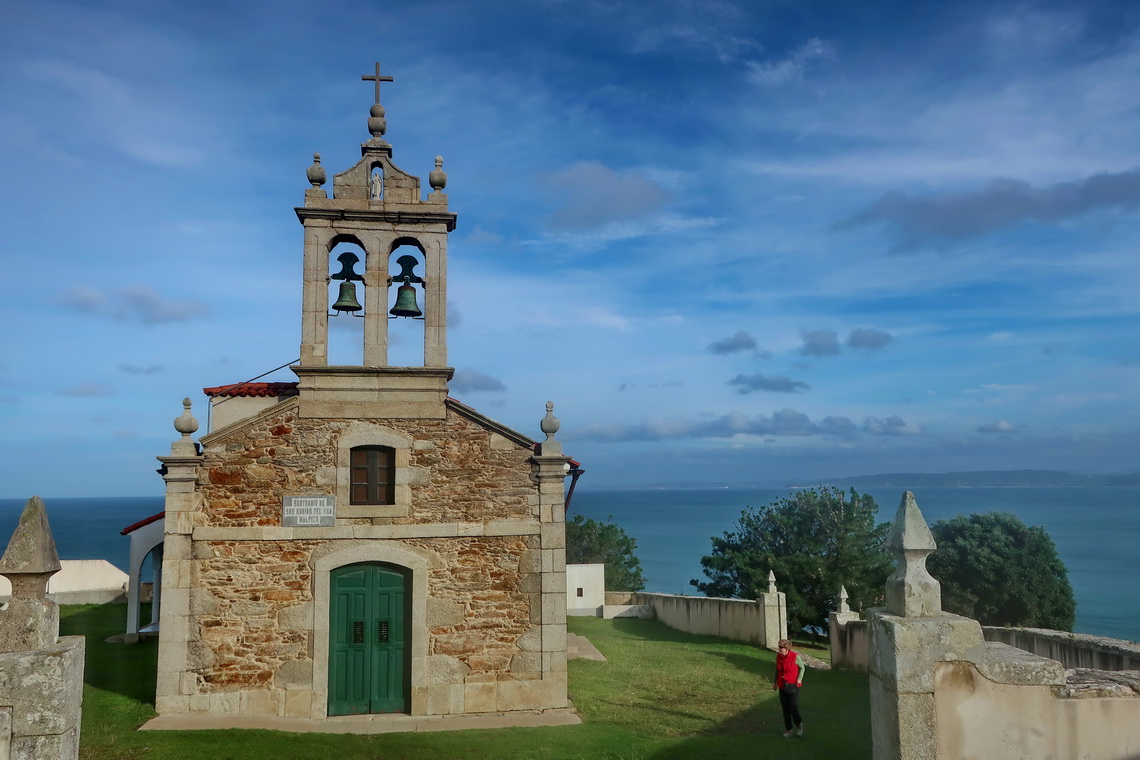
It rained heavily when we came to holy Santiago de Compostela which is the most famous place of pilgrimage in Spain - its cathedral is the destination of the Way of St. James.
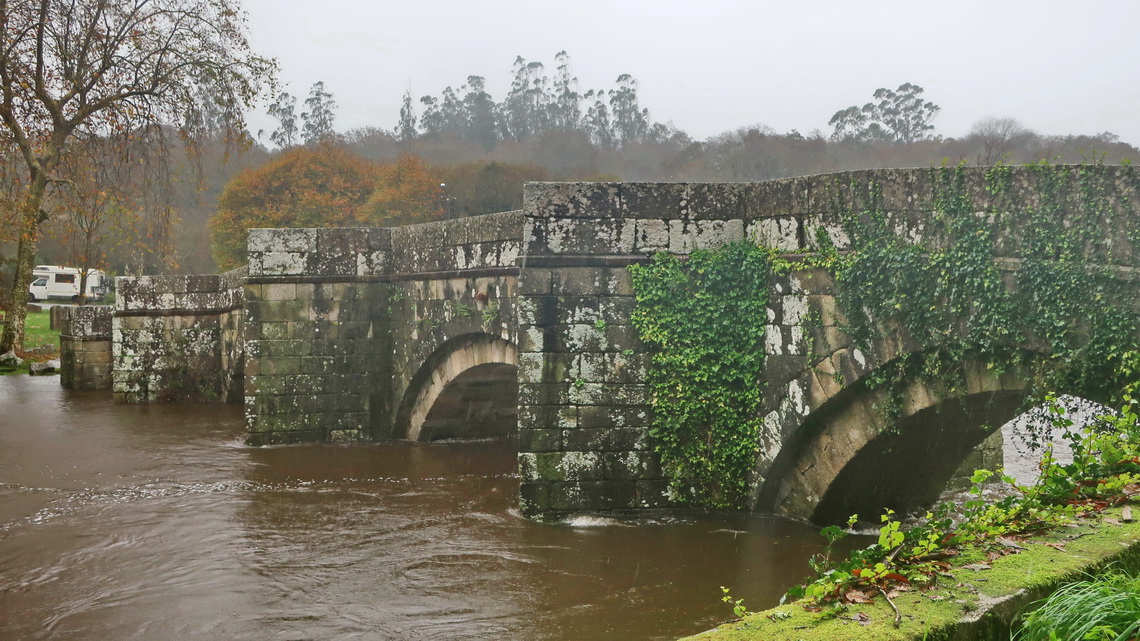

The medium sized town Pontevedra (80,0000 inhabitants) is beautiful with a lot of history and it is much less touristic than Santiago de Compostela. Our last stop in Spain before we crossed the border to Portugal was the industrial city of Vigo with its large port which we had visited already during our itinerary to South America in December 2010. We slept in our camper very close to the point where our big vessel had stayed nearly 13 years ago - see article Europe - Prom Hamburg to Tenerife. There is nothing special in Vigo but it has a nice waterfront along its port - the Gran Carril Litoral.
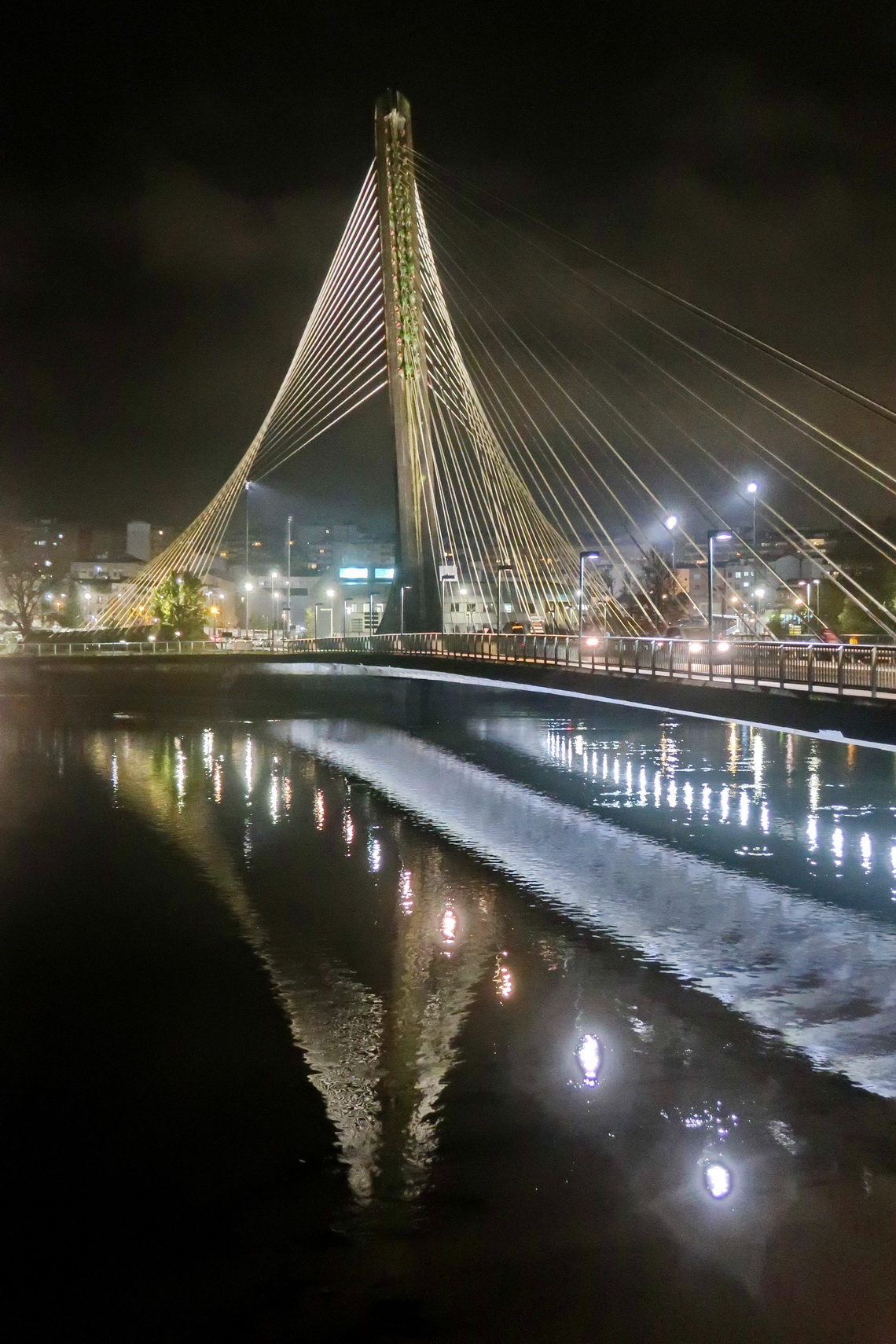
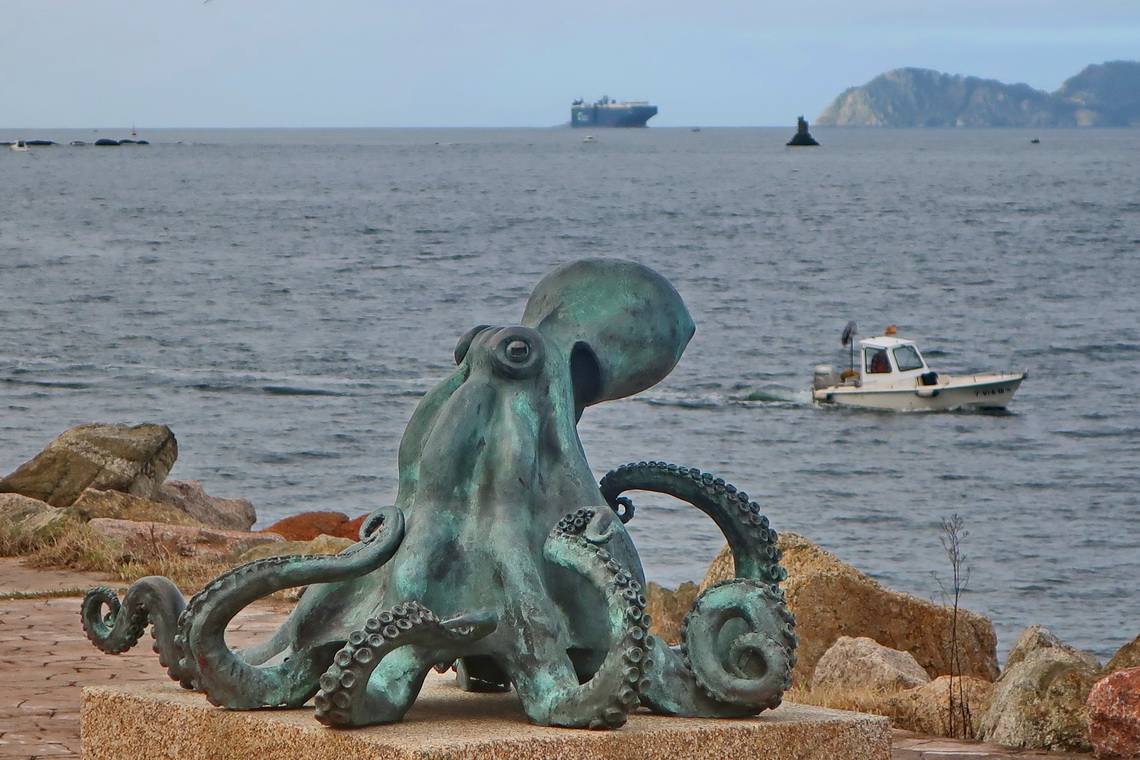
We left Spain on November 16th 2023 but soon we are coming back. Most of our overnight staying places and hikes are in included in our GPS coordinates file of Spain
For more pictures, please click here
For a map of our itineraries, click here
To download our GPS coordinates file of Spain, click here
